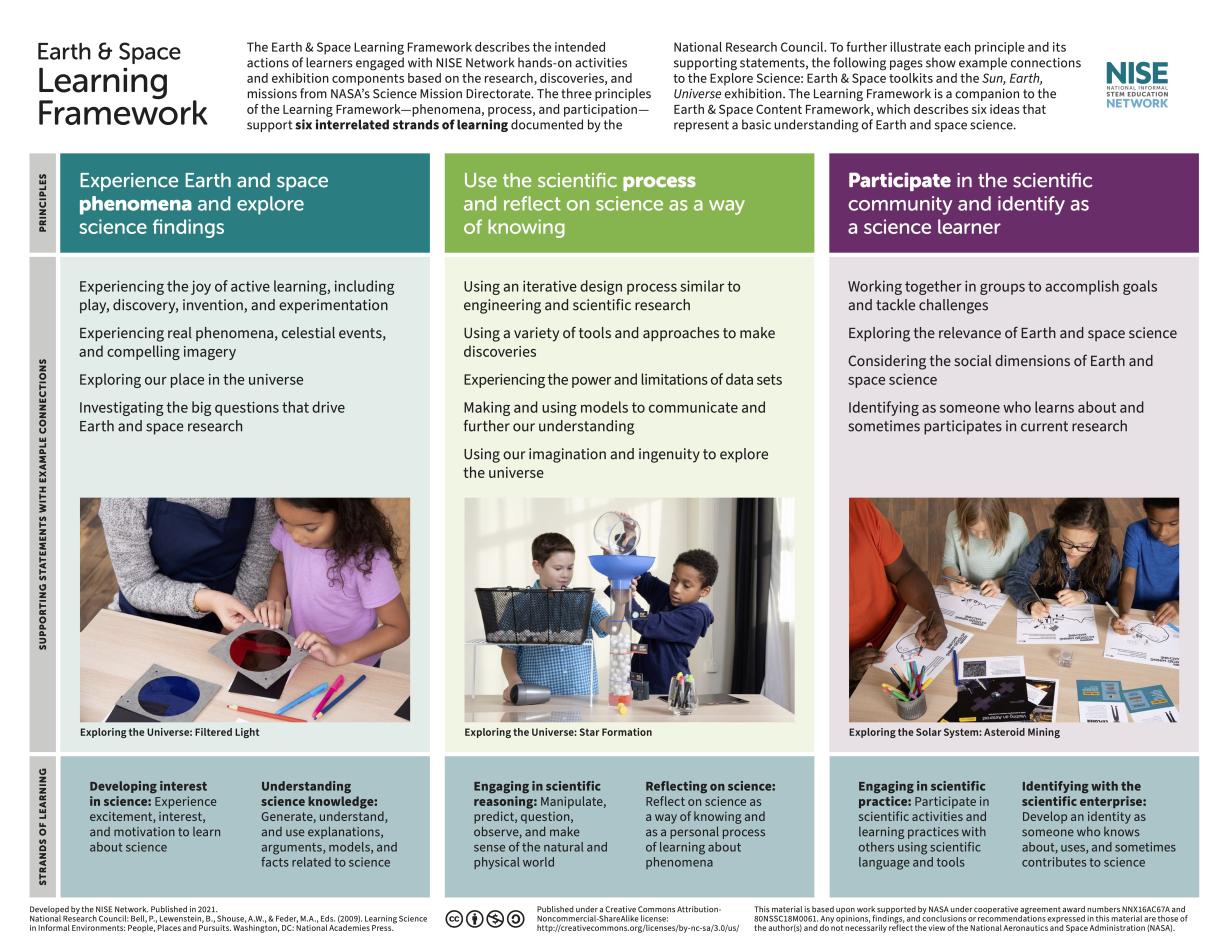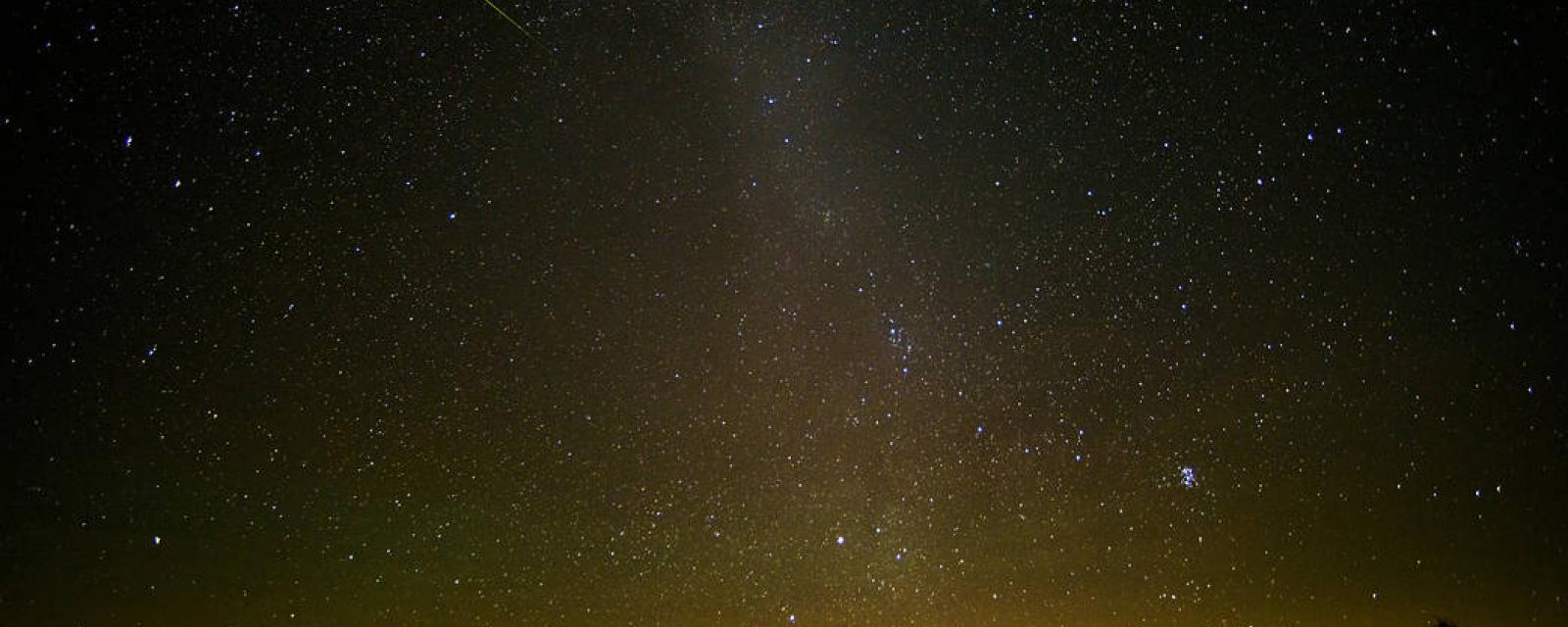
Astronomy
Earth & Space Learning and Content Frameworks
Exploring the Universe Hands-on Activities
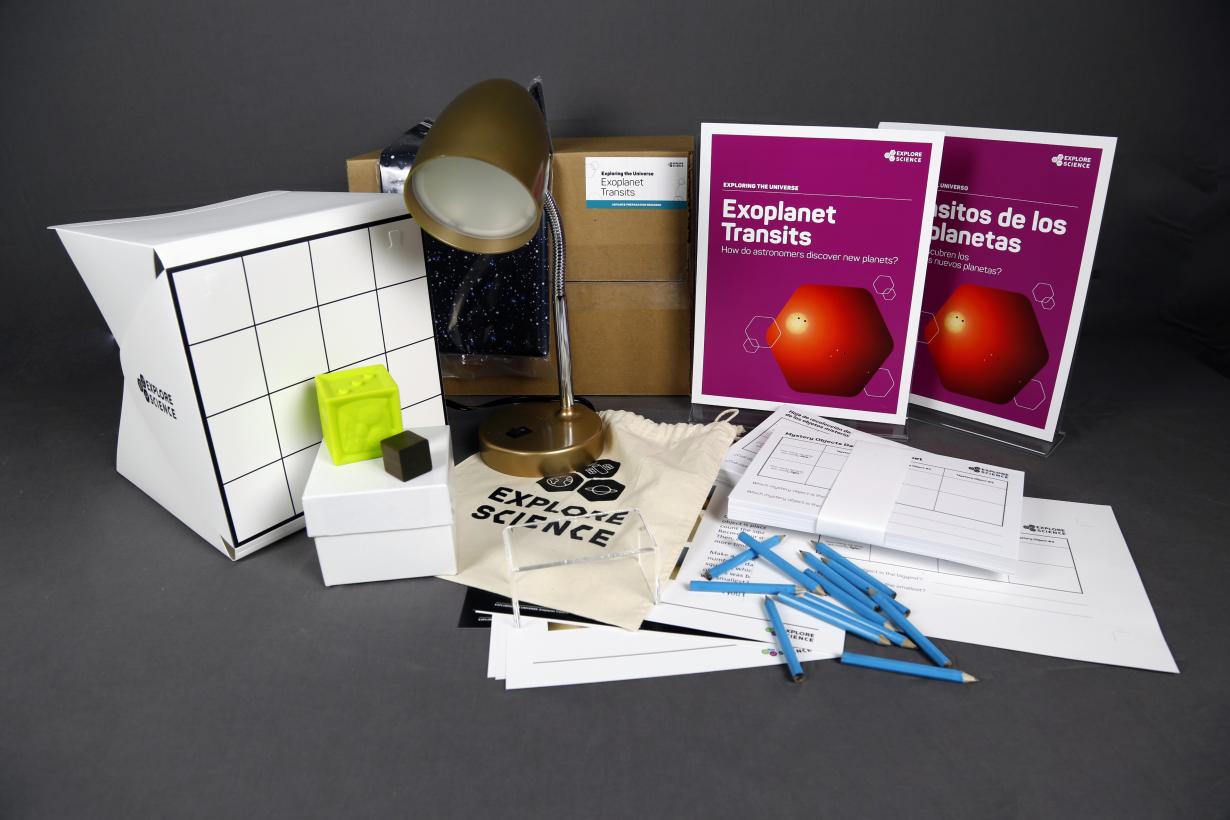
Exploring the Universe: Exoplanet Transits
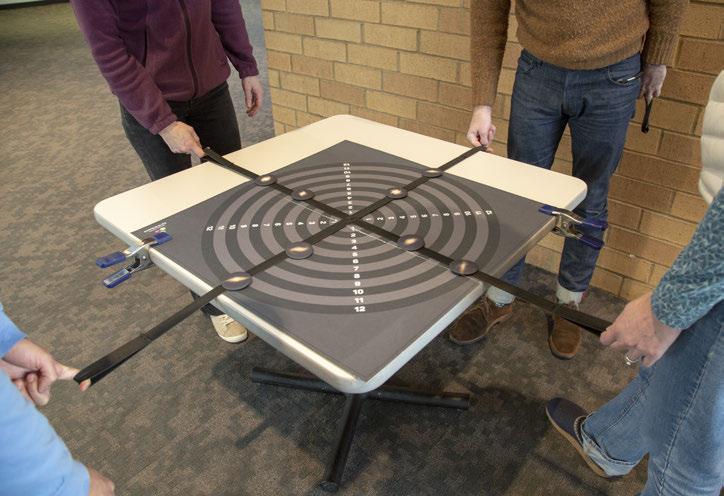
Exploring the Universe: Expanding Universe
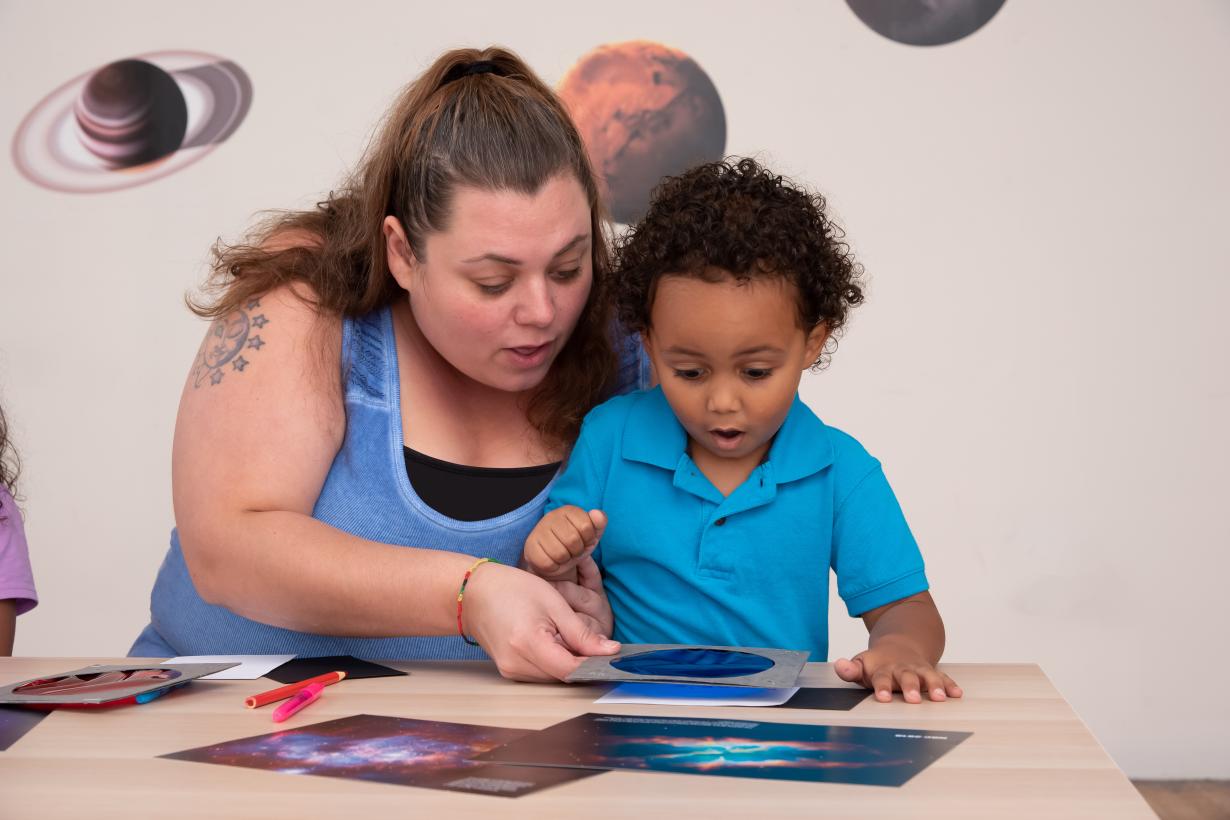
Exploring the Universe: Filtered Light
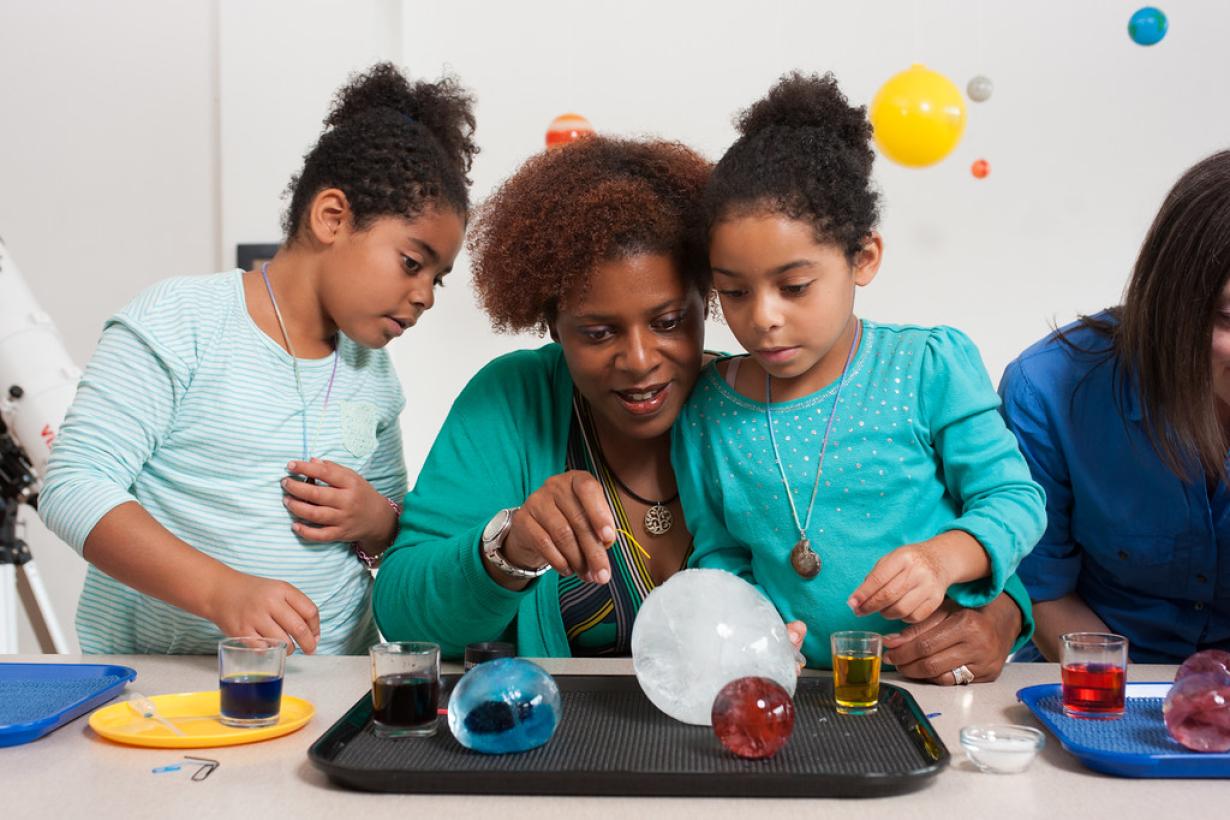
Exploring the Universe: Ice Orbs

Exploring the Universe: Imagining Life
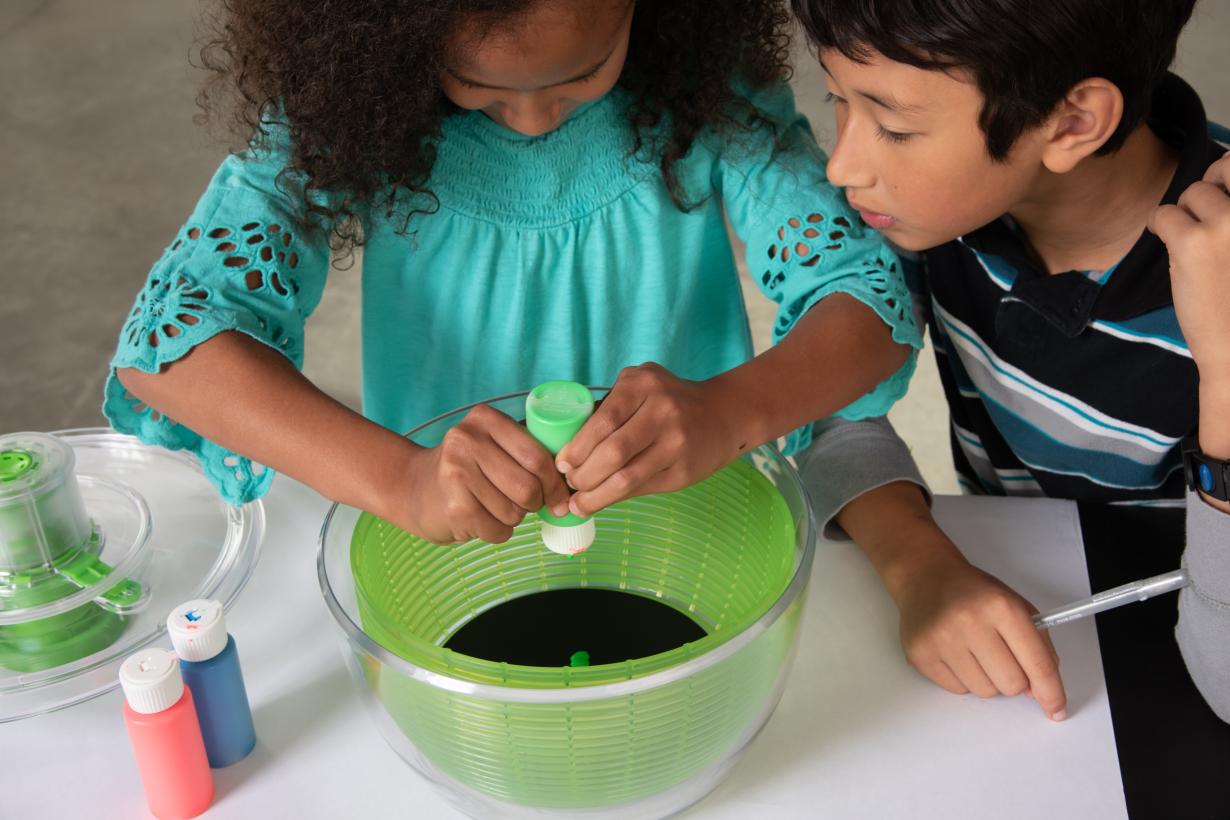
Exploring the Universe: Nebula Spin Art
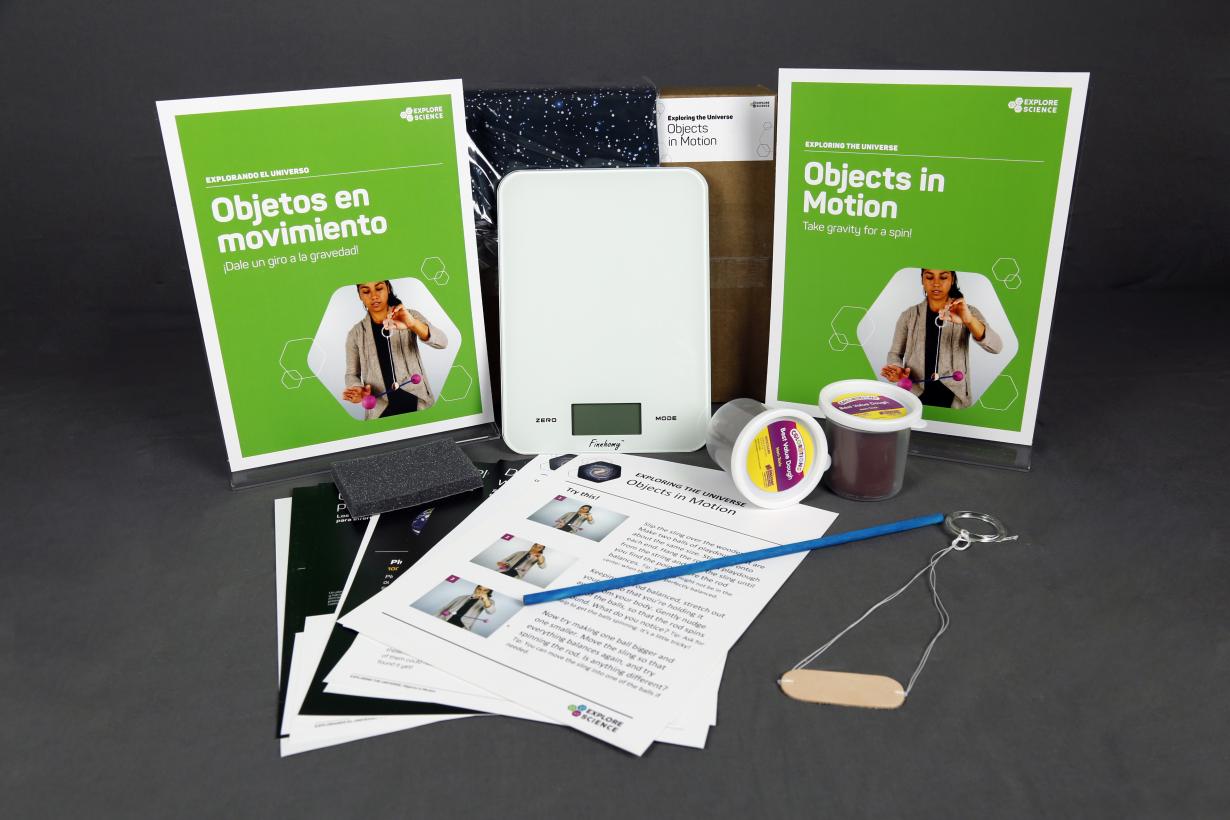
Exploring the Universe: Objects in Motion
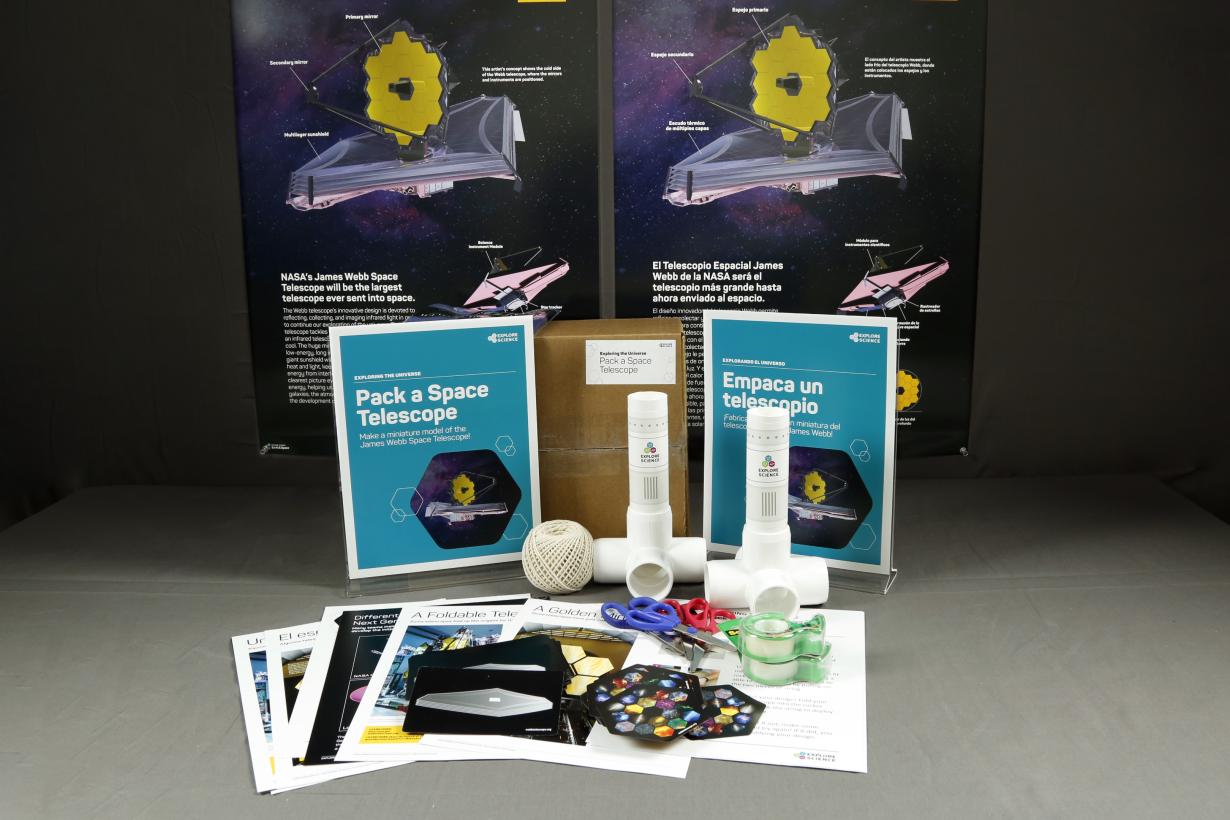
Exploring the Universe: Pack a Space Telescope
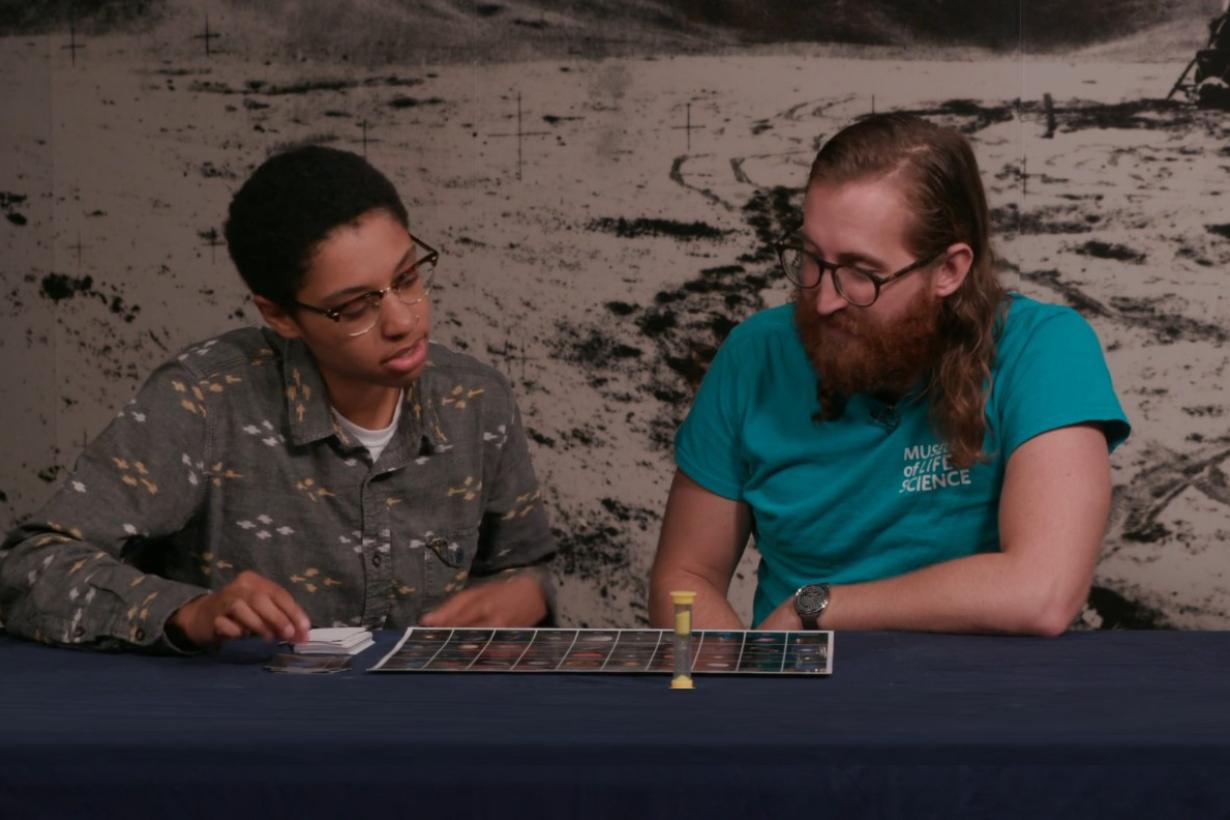
Exploring the Universe: Space Guess Quest Game
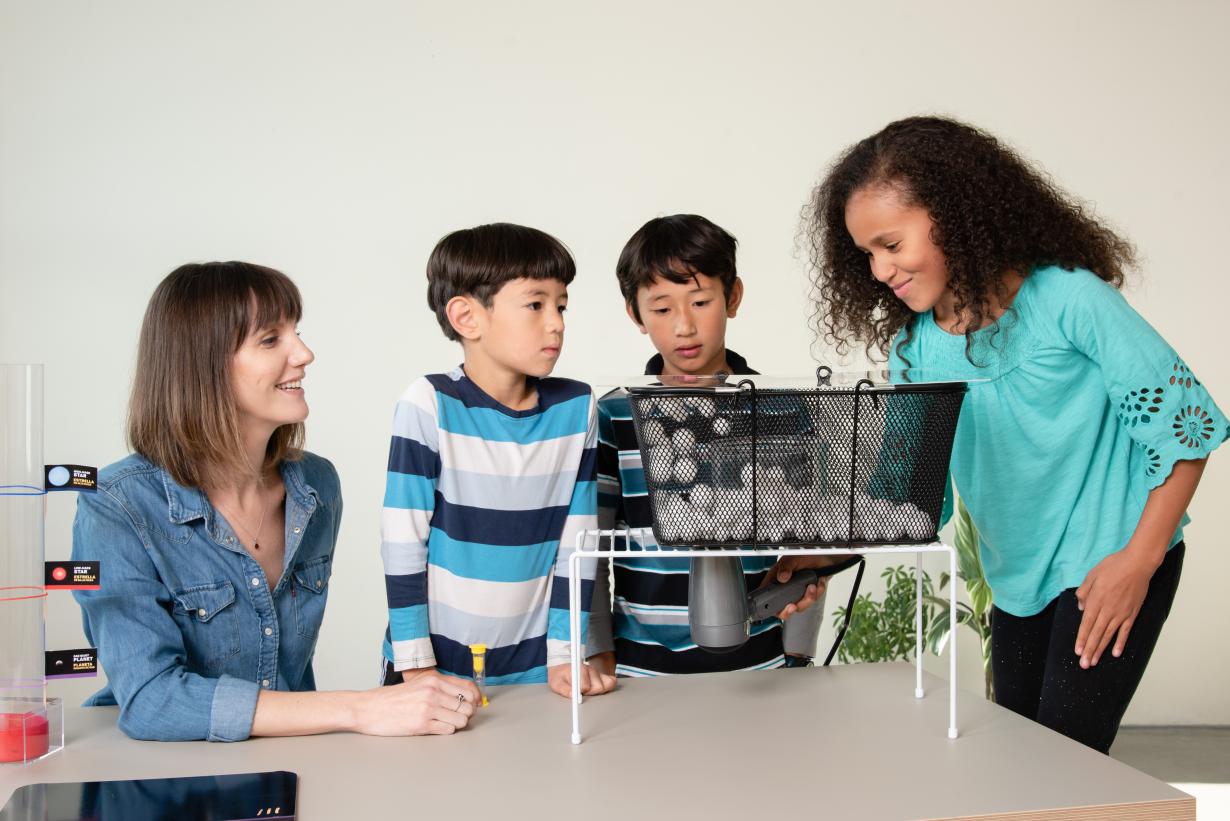
Exploring the Universe: Star Formation

Exploring the Universe: Static Electricity
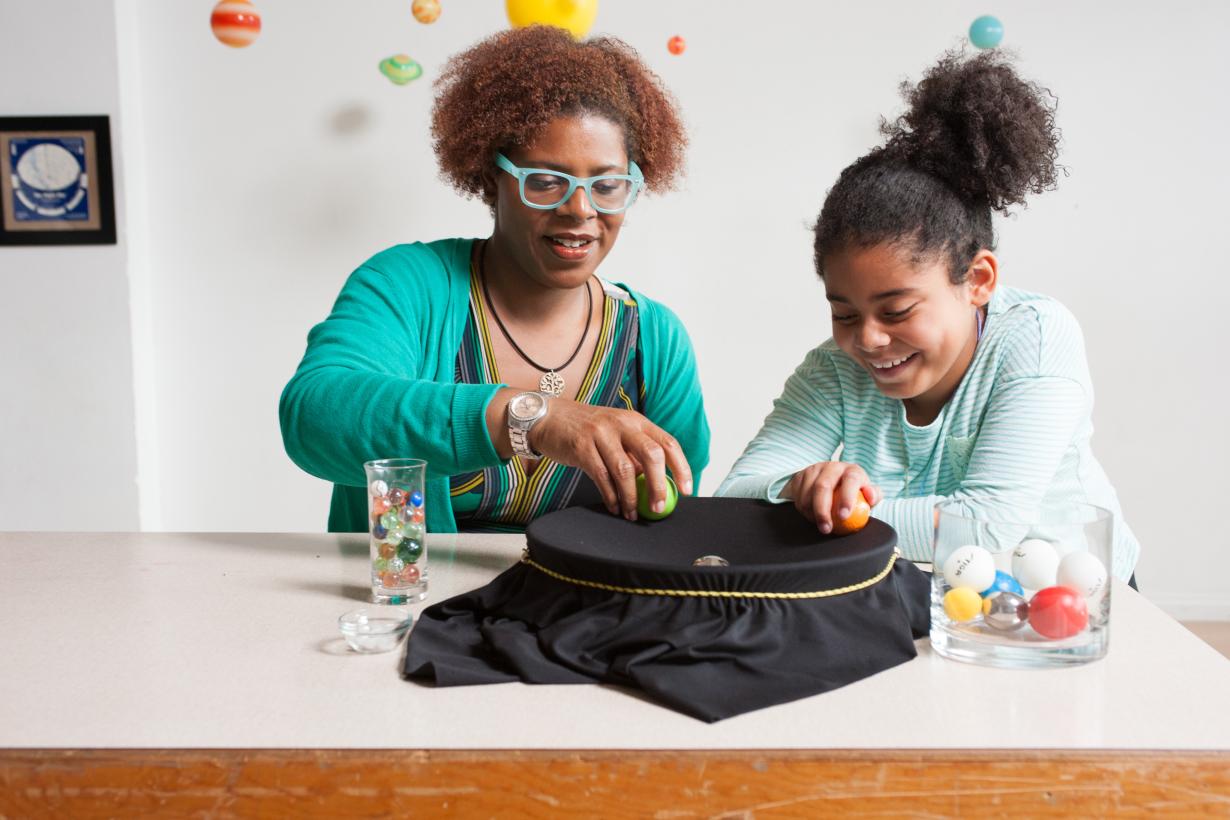
Exploring the Universe: Orbiting Objects
Solar System Hands-on Activities
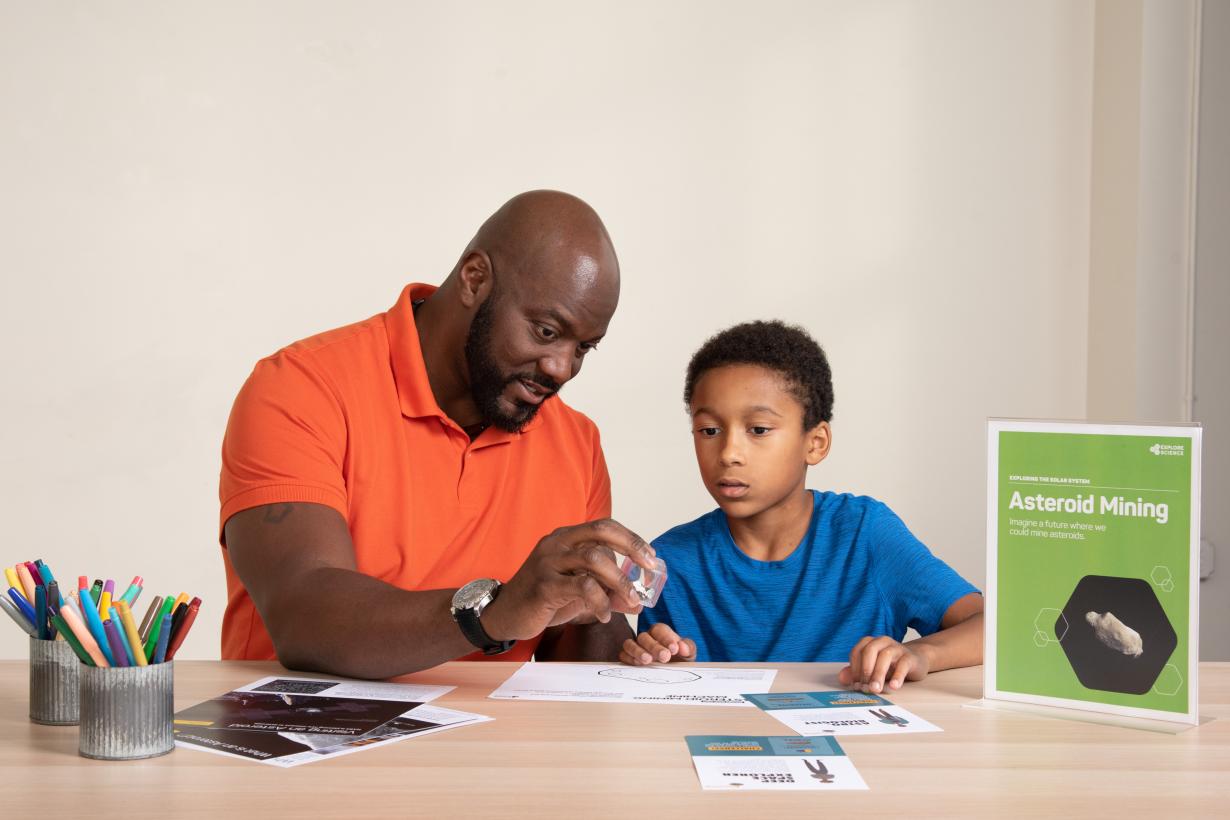
Exploring the Solar System: Asteroid Mining
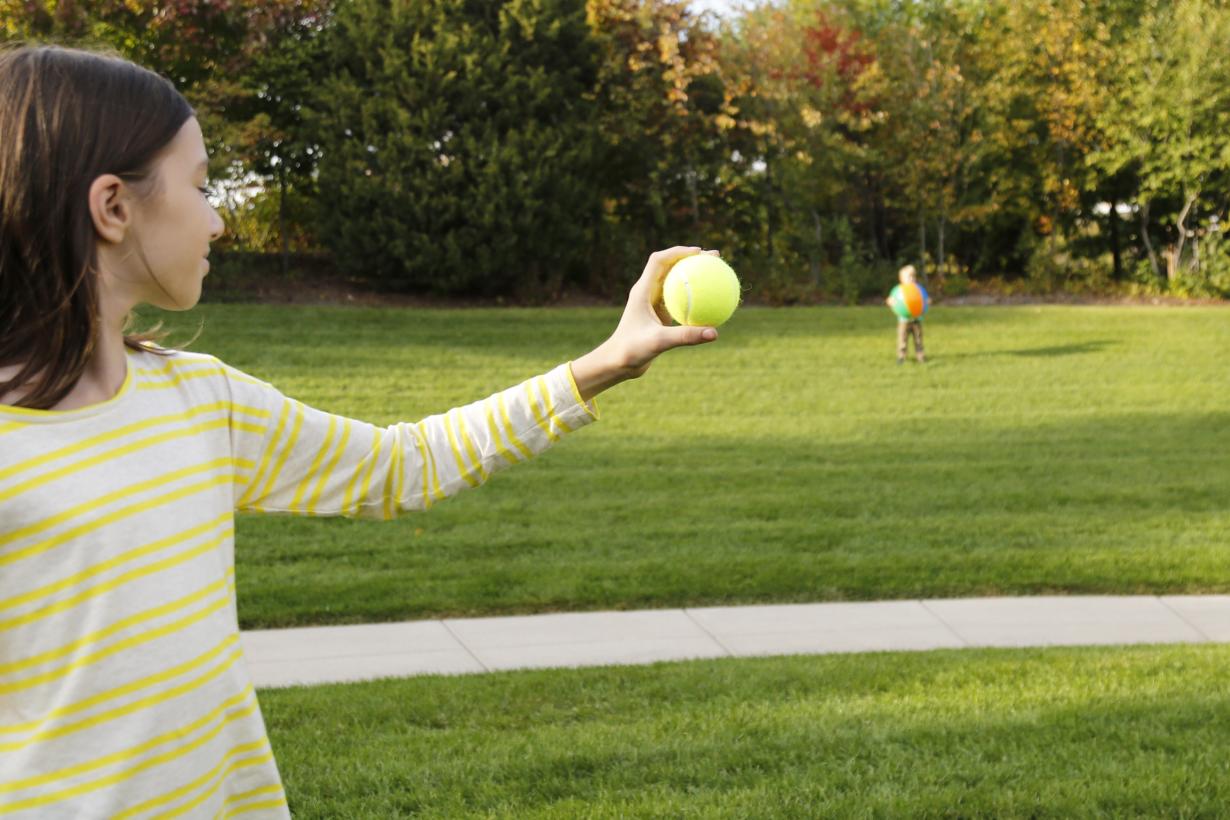
Exploring the Solar System: Big Sun, Small Moon
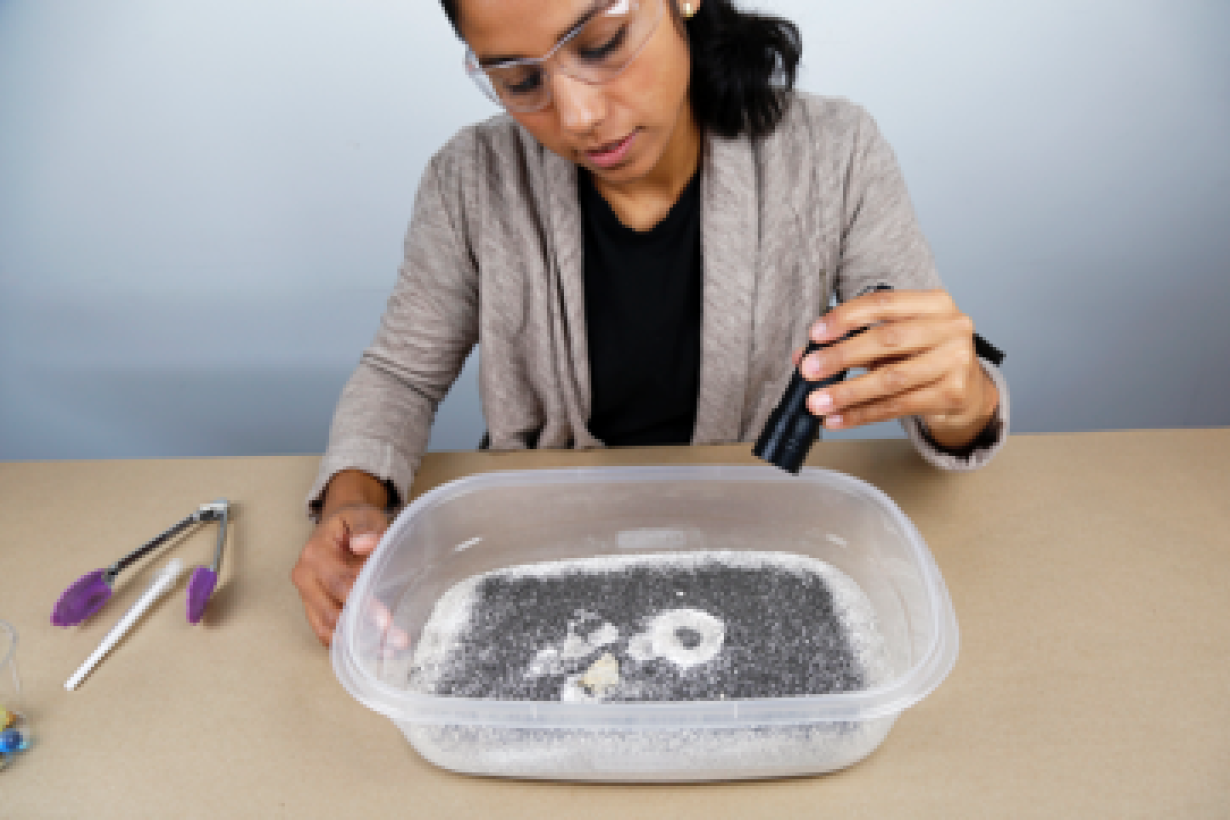
Exploring the Solar System: Craters
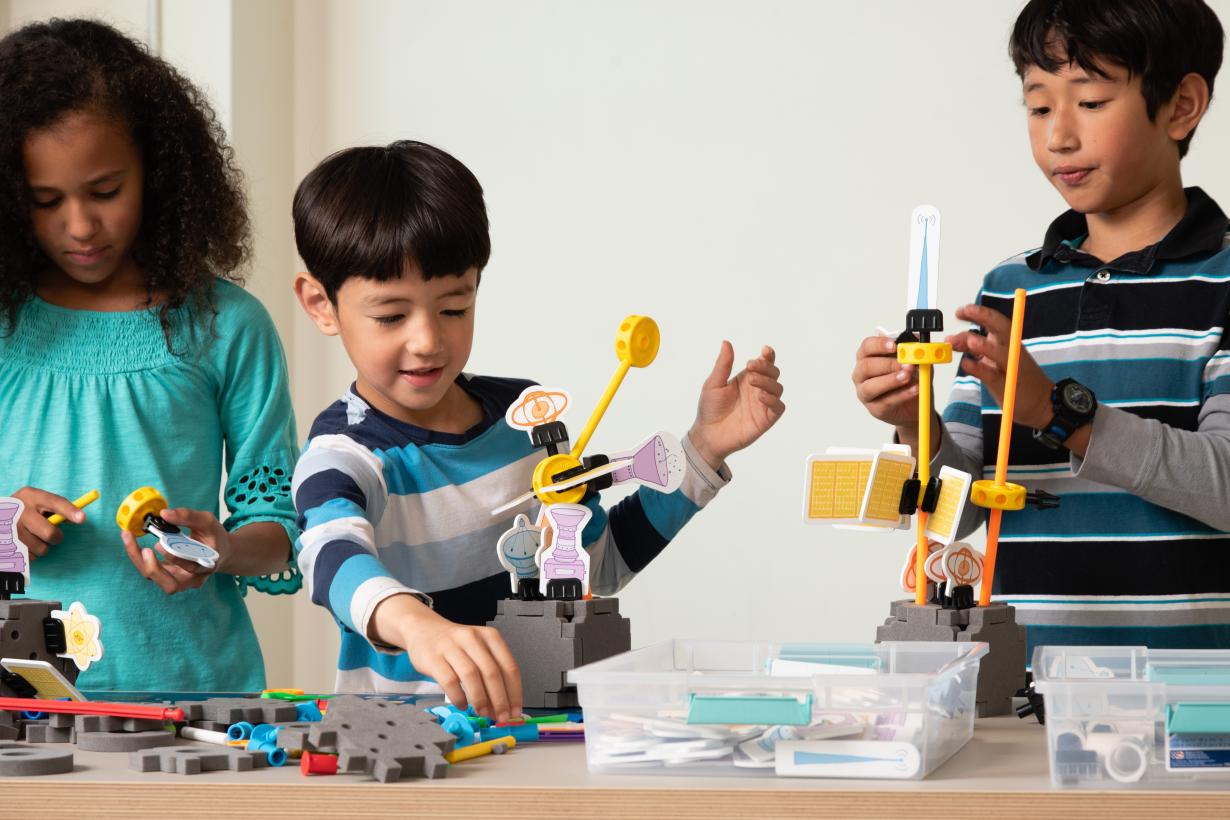
Exploring the Solar System: Design, Build, Test activity
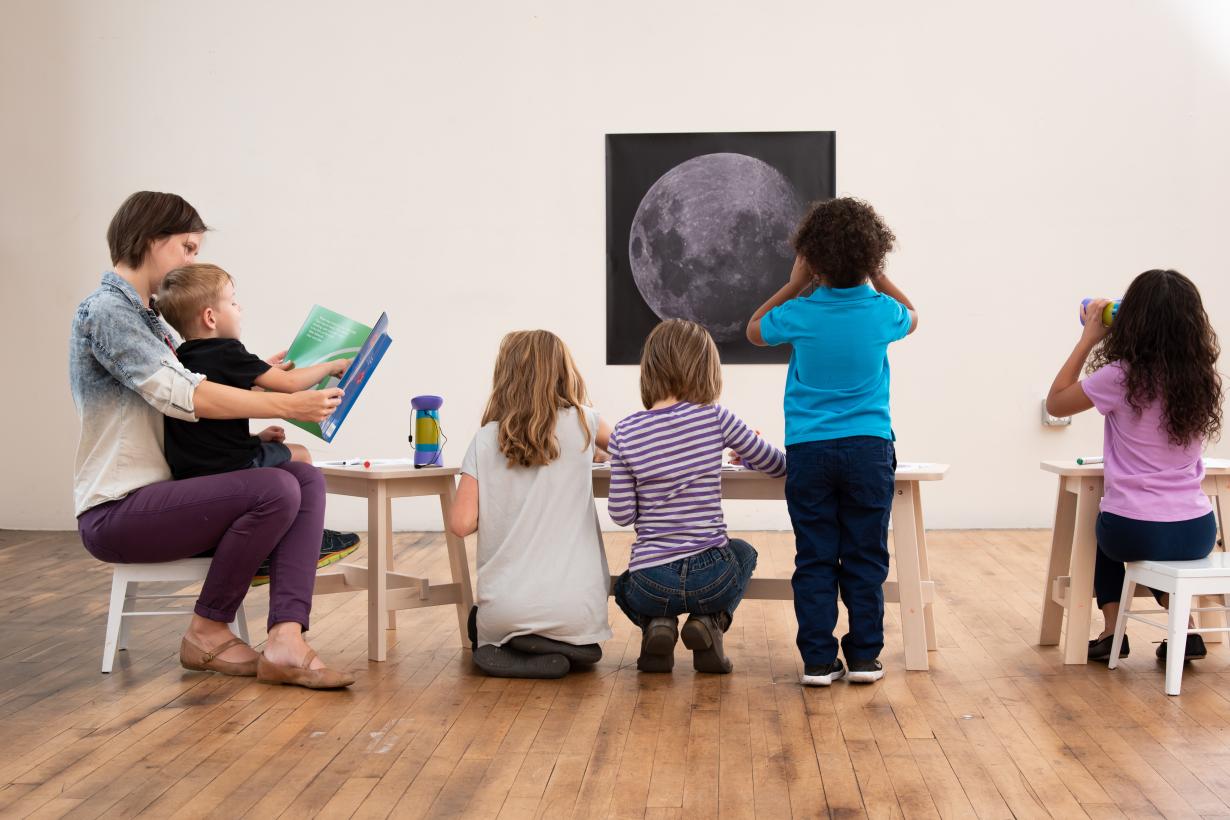
Exploring the Solar System: Hide and Seek Moon
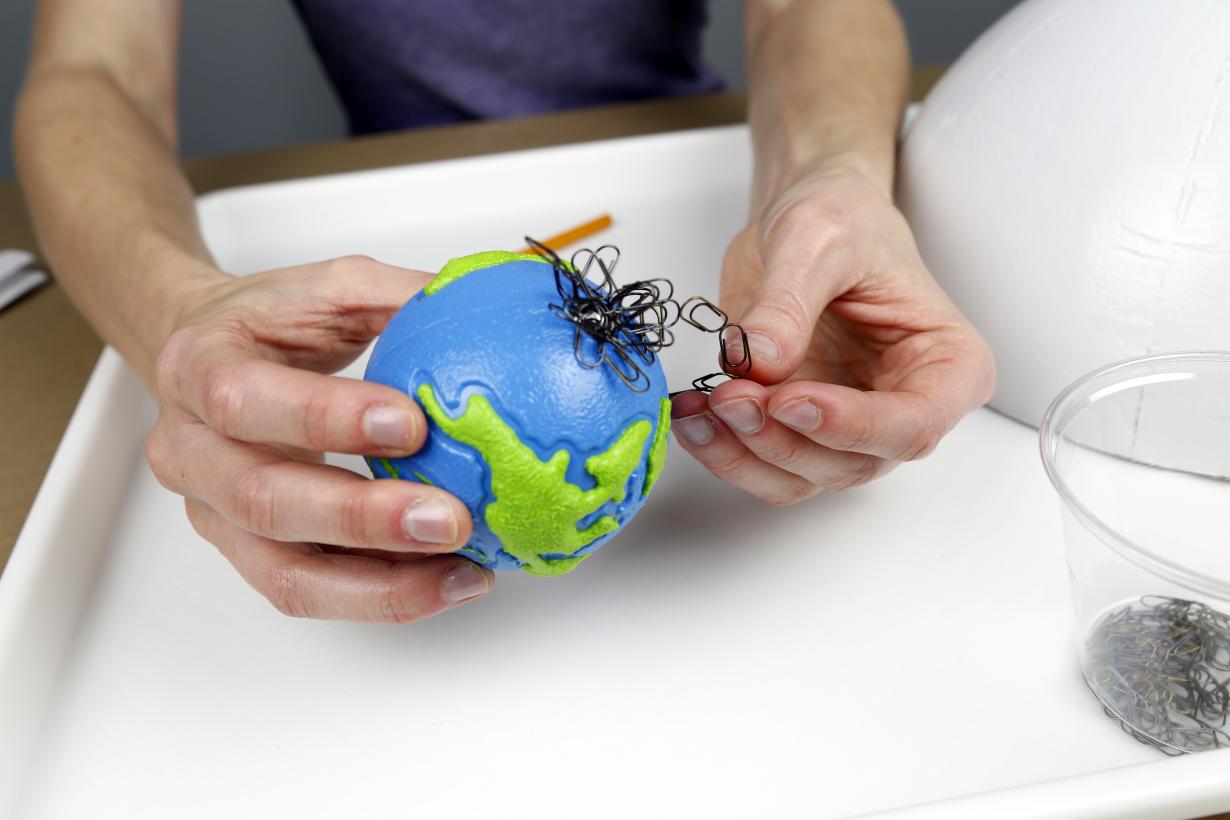
Exploring the Solar System: Magnetic Fields
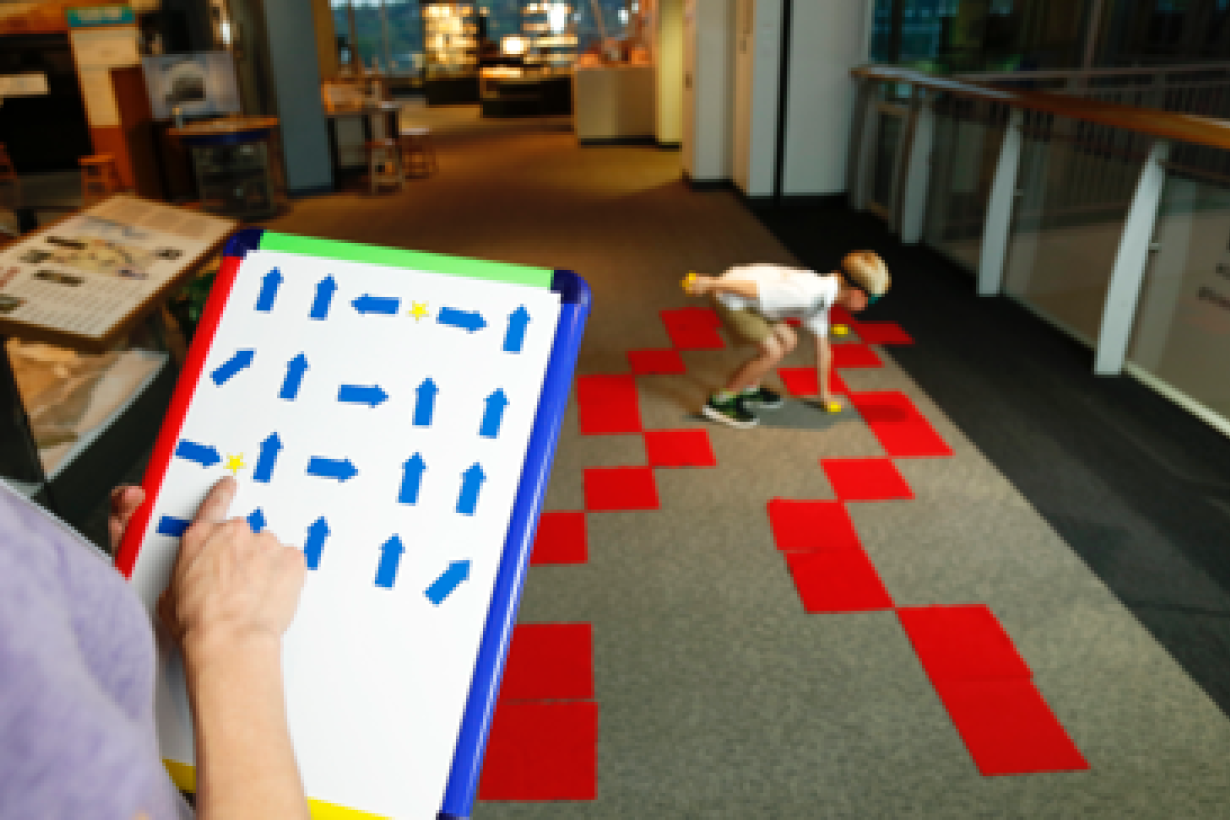
Exploring the Solar System: Mars Rovers
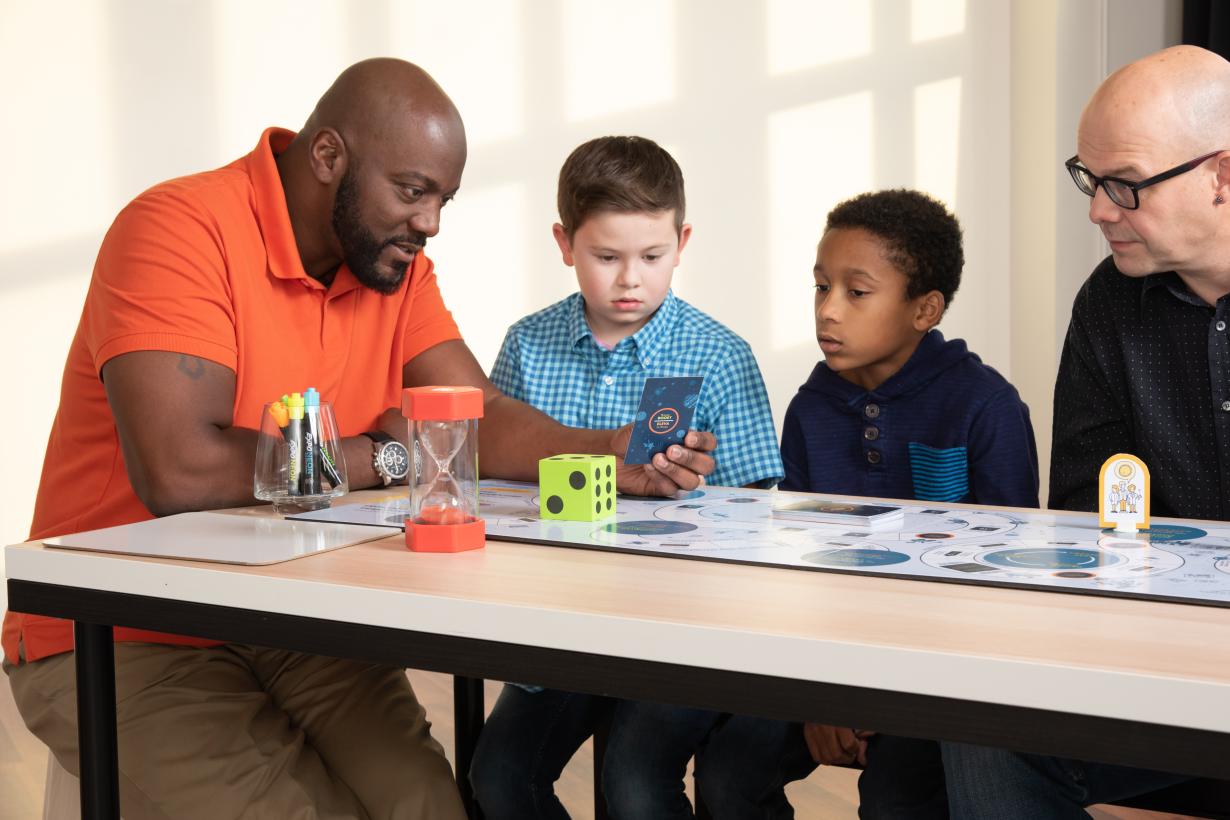
Exploring the Solar System: Mission to Space board game
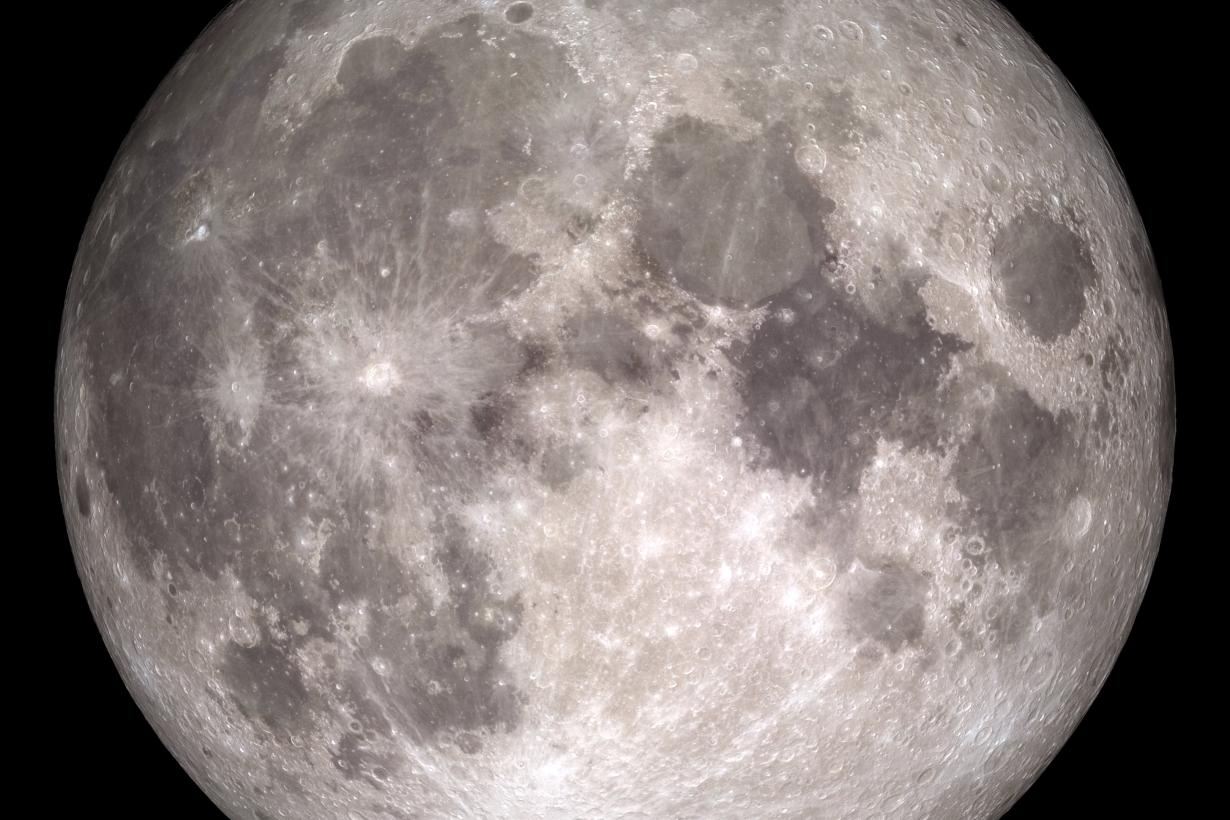
Exploring the Solar System: Observe the Moon
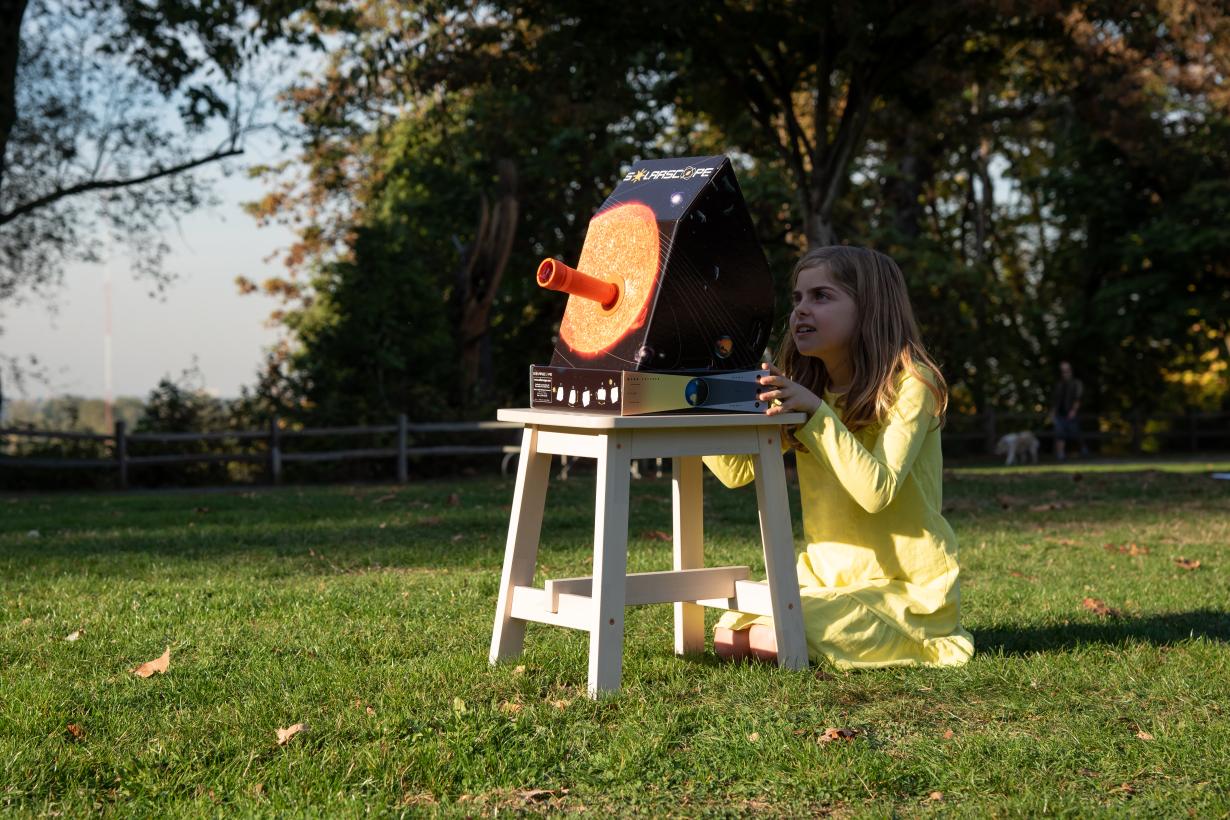
Exploring the Solar System: Observe the Sun
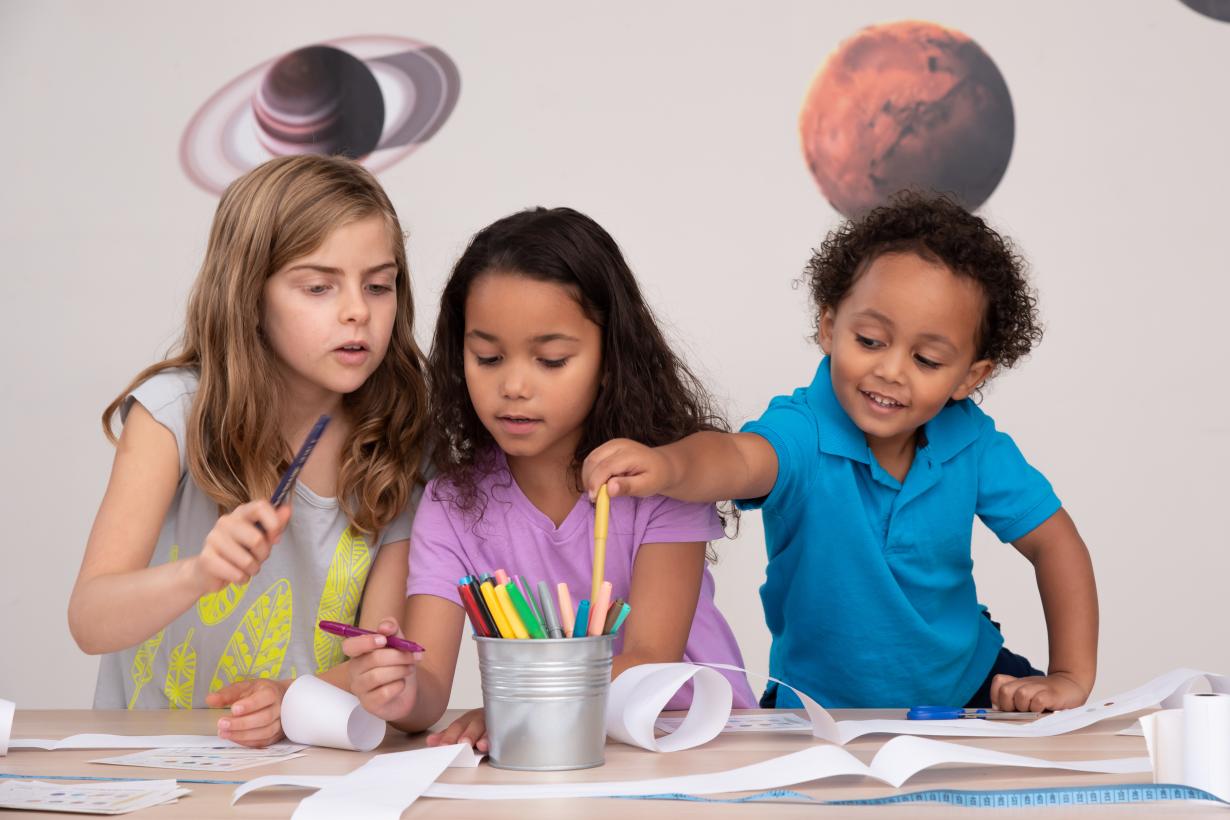
Exploring the Solar System: Pocket Solar System
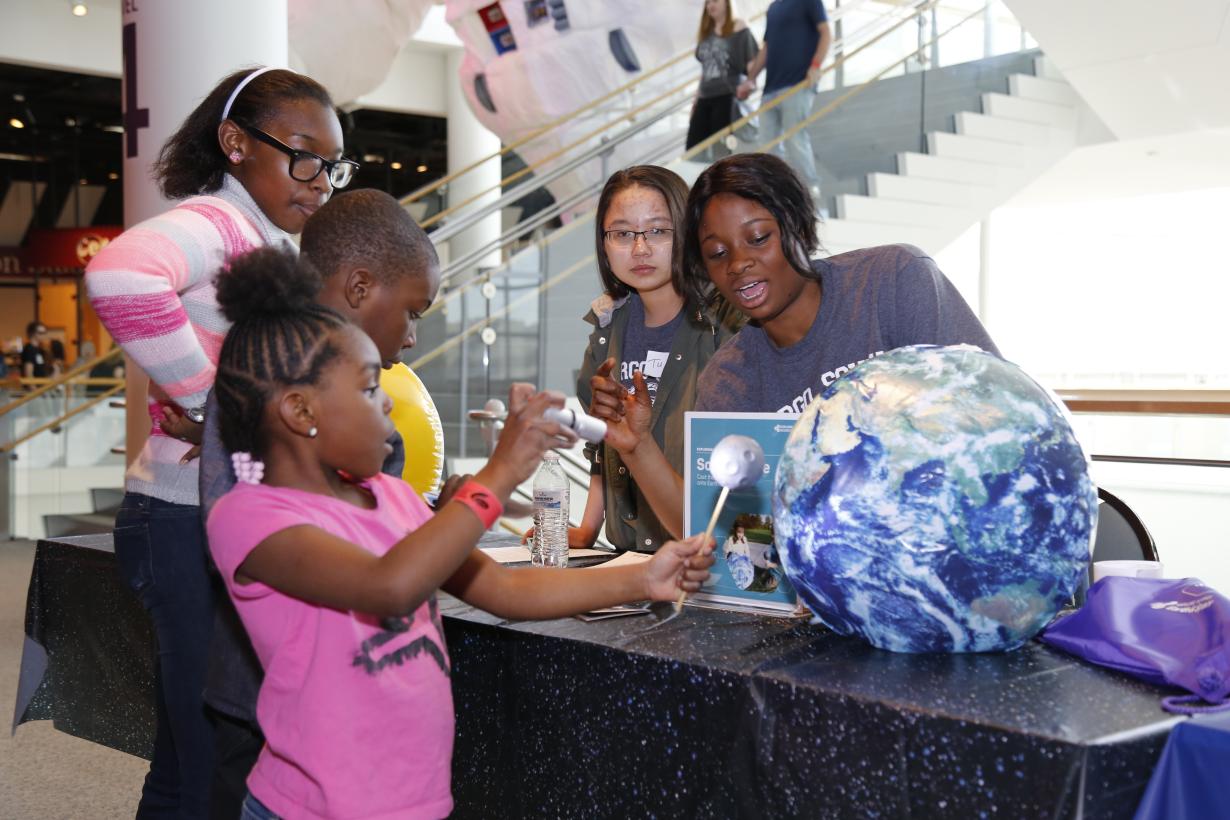
Exploring the Solar System: Solar Eclipse
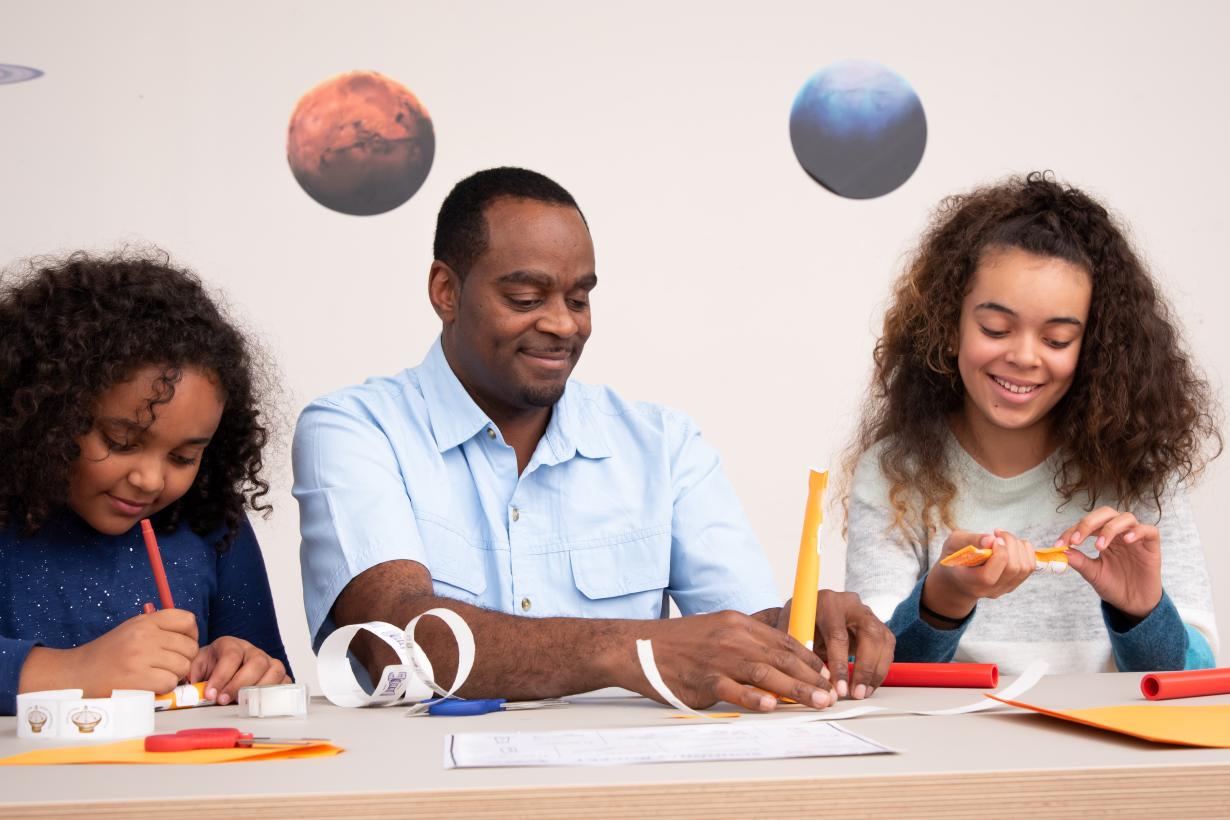
Exploring the Solar System: Stomp Rockets
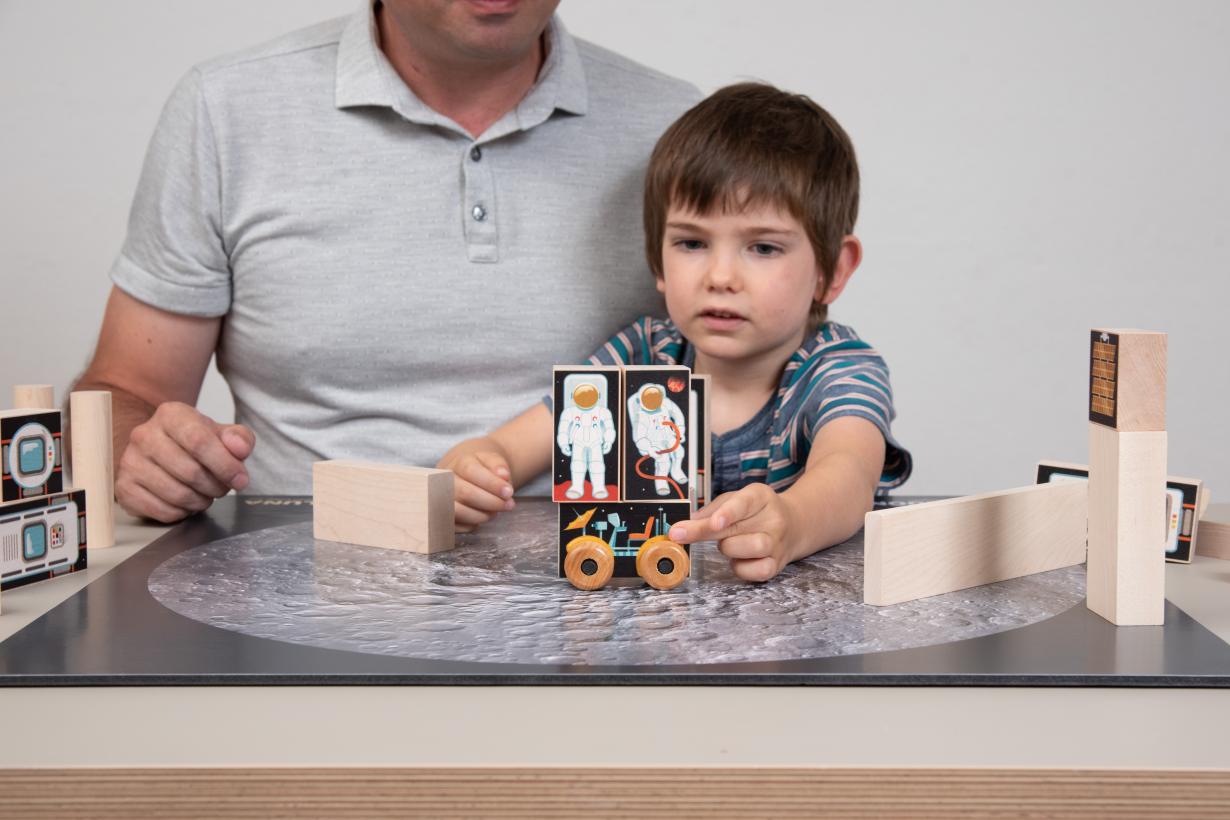
Exploring the Solar System: Story Blocks
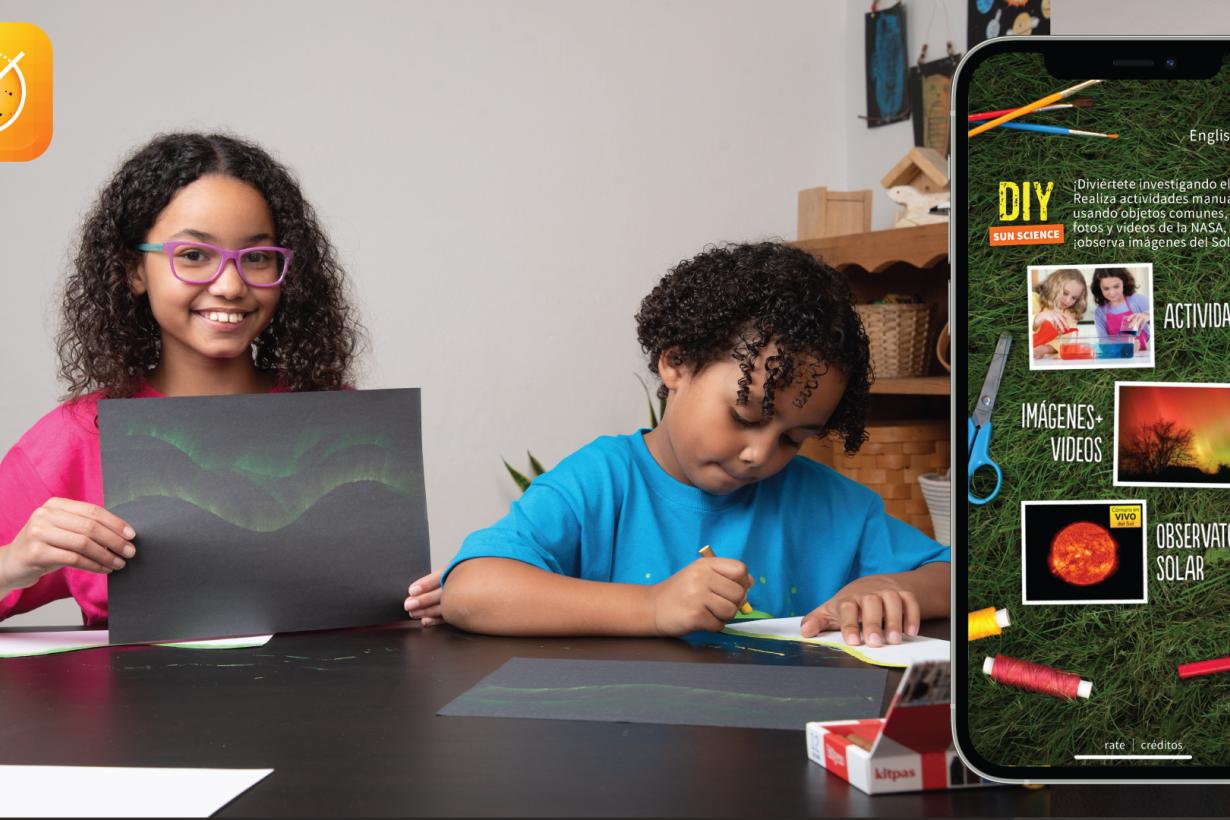
DIY Sun Science App
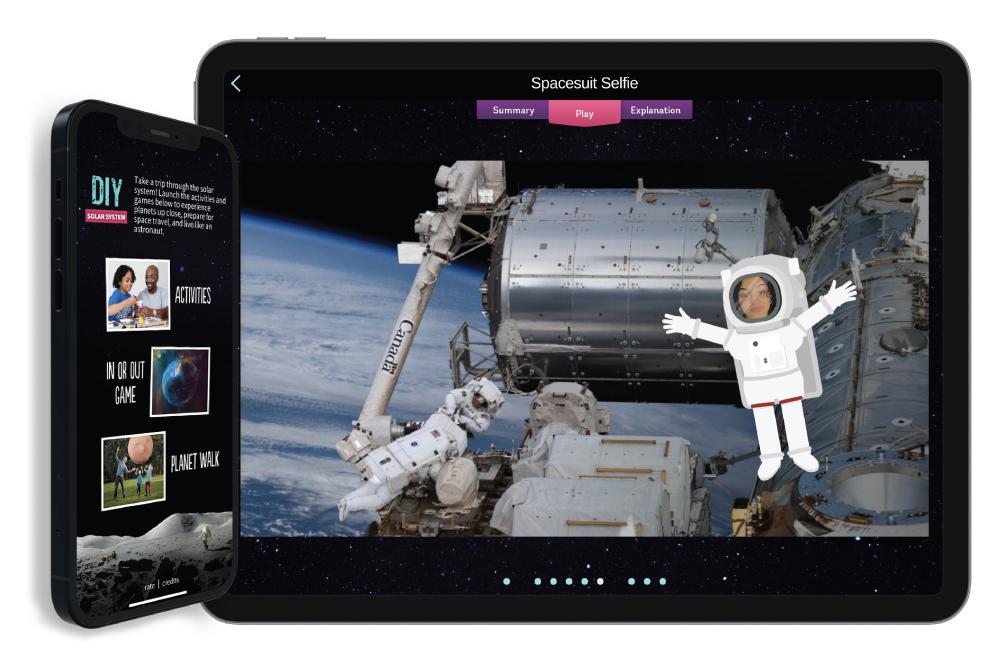
DIY Solar System App
Collections of Solar System Resources
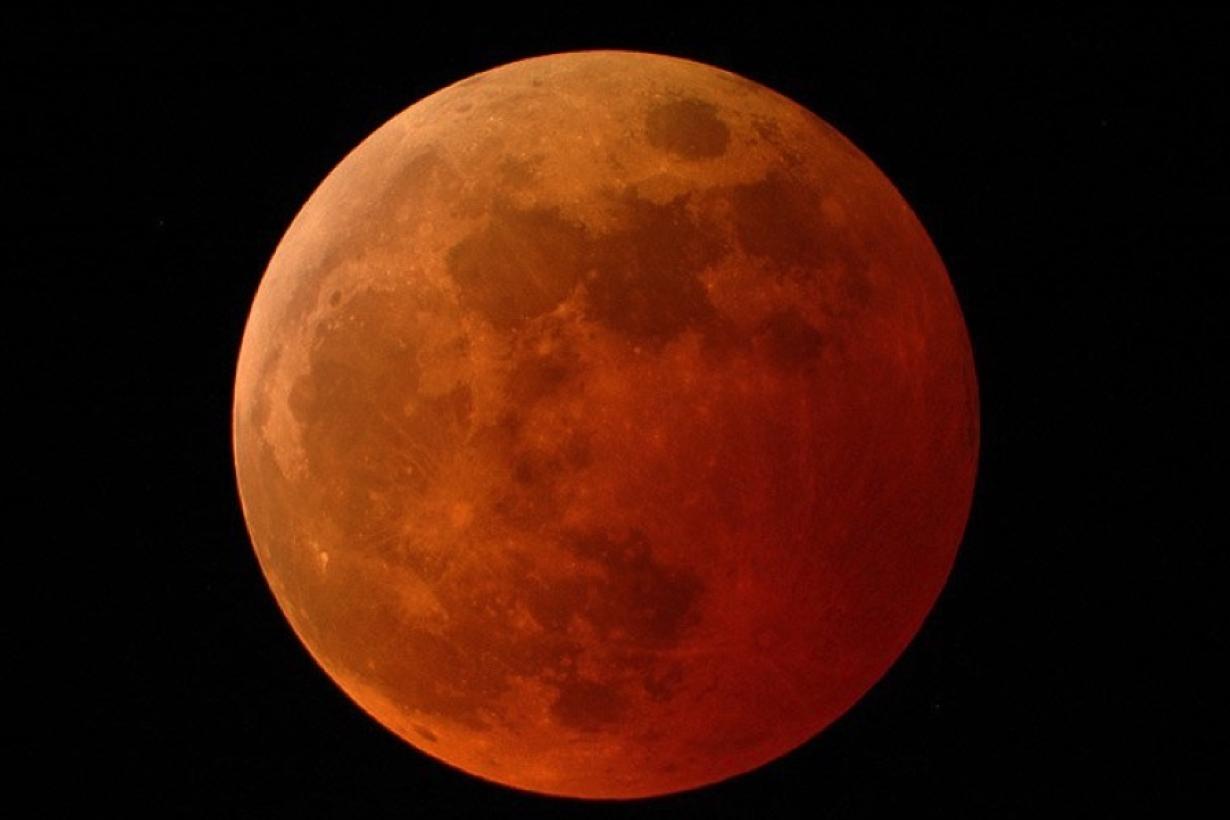
Lunar Eclipses
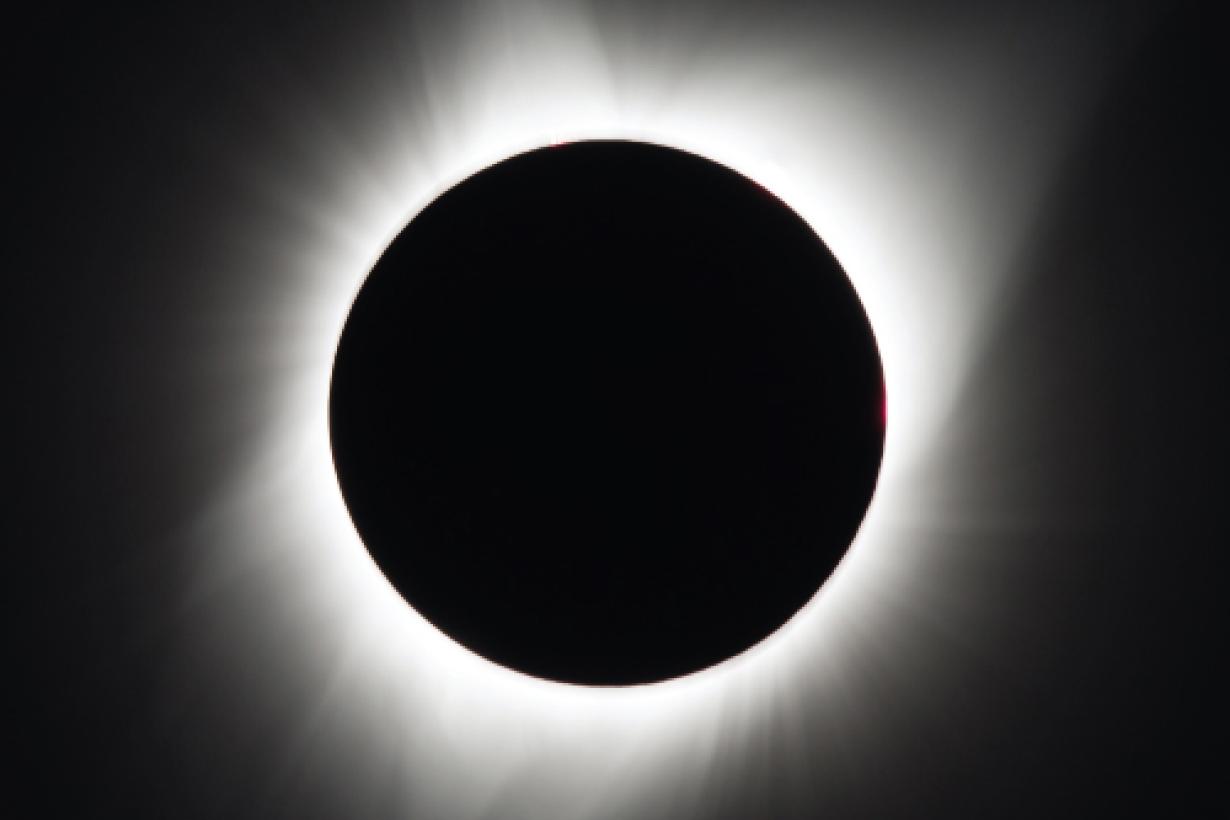
Solar Eclipses
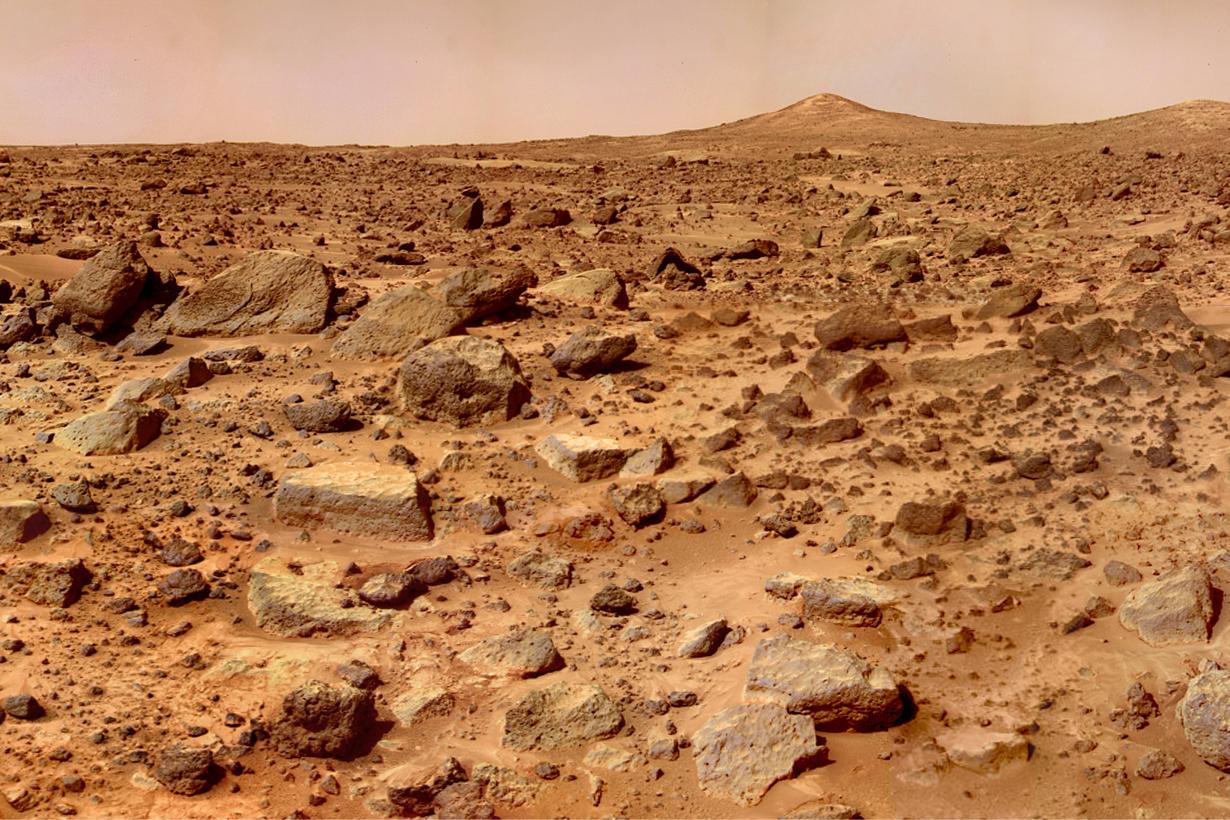
Mars
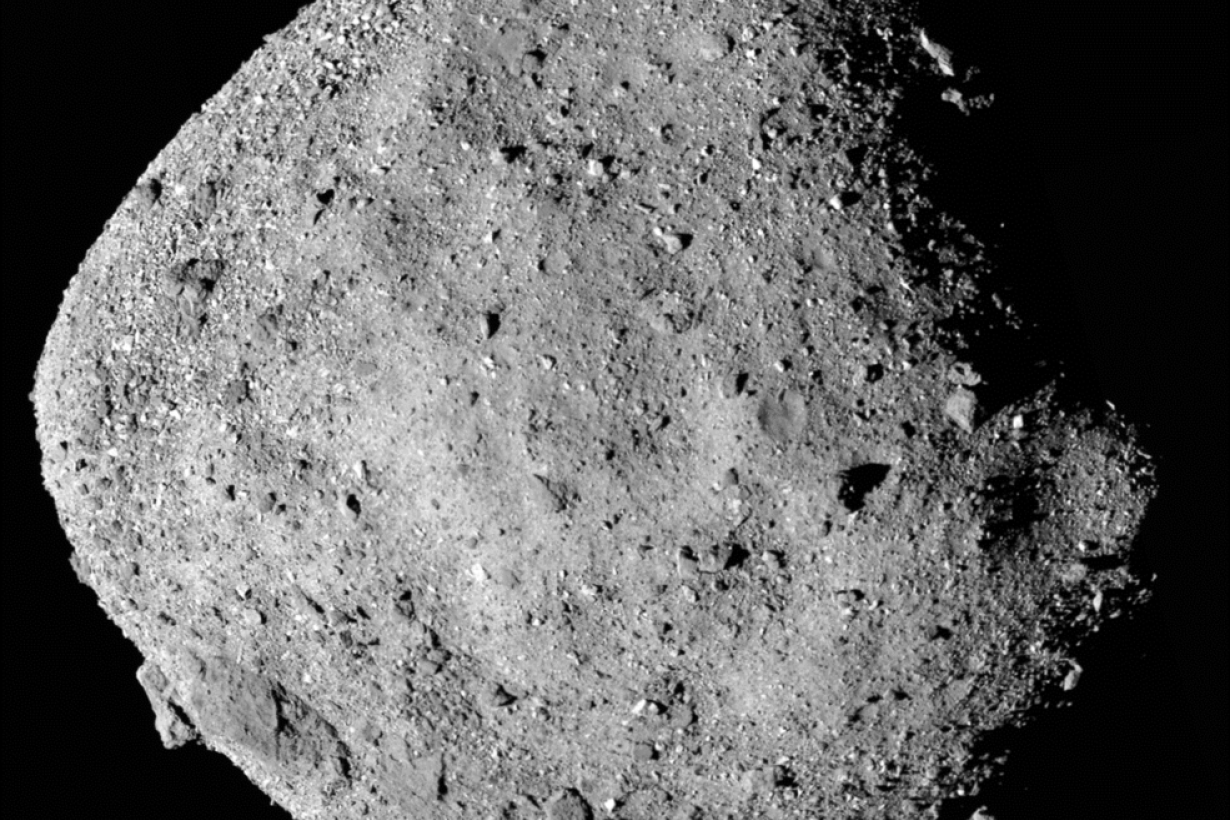
Asteroids, Comets, Meteors, and Meteorites
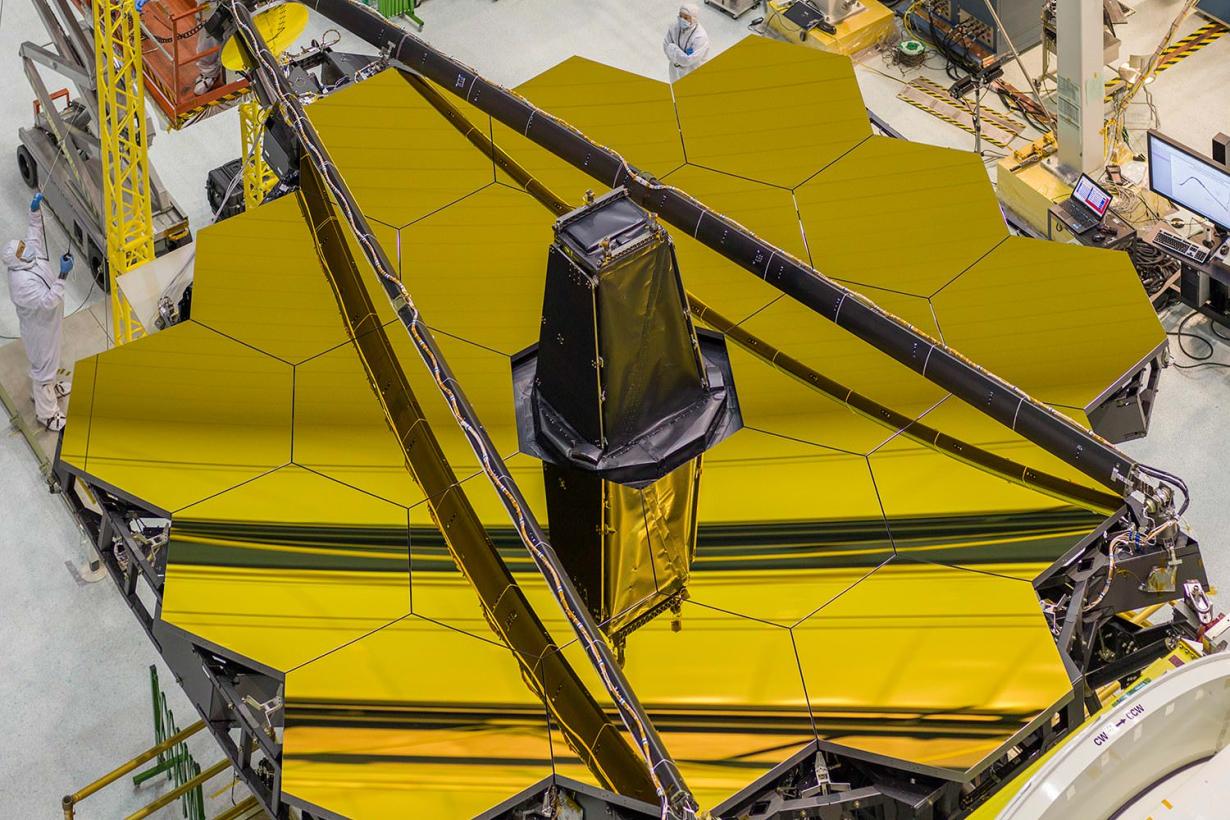
James Webb Space Telescope
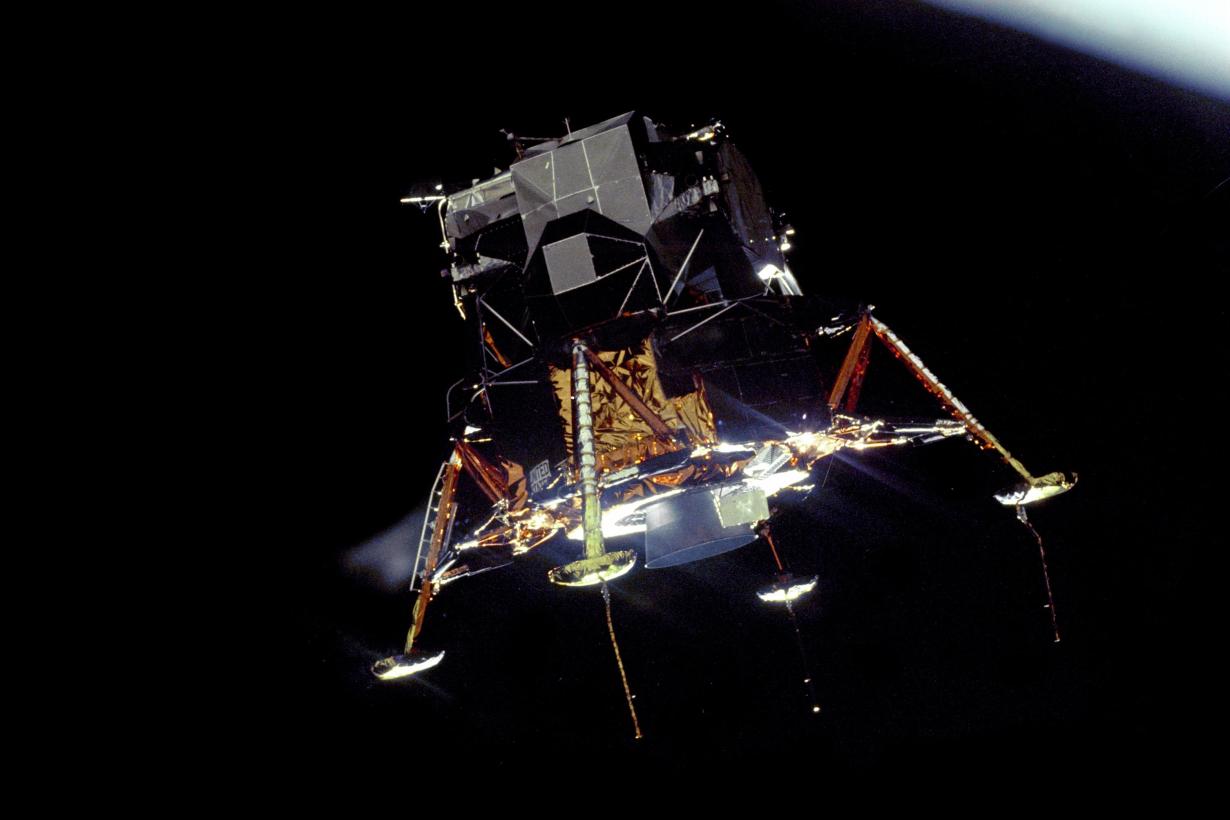
Moon
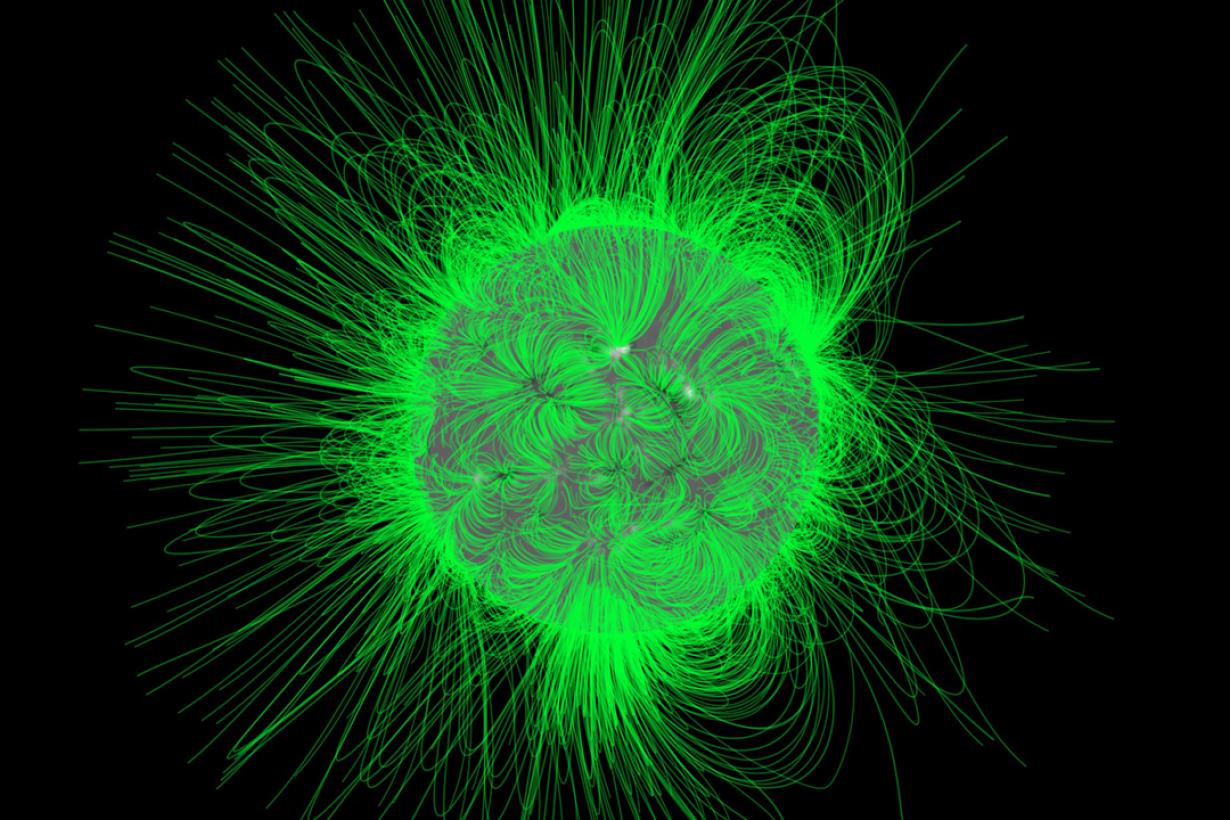
Telescopes and the Electromagnetic Spectrum
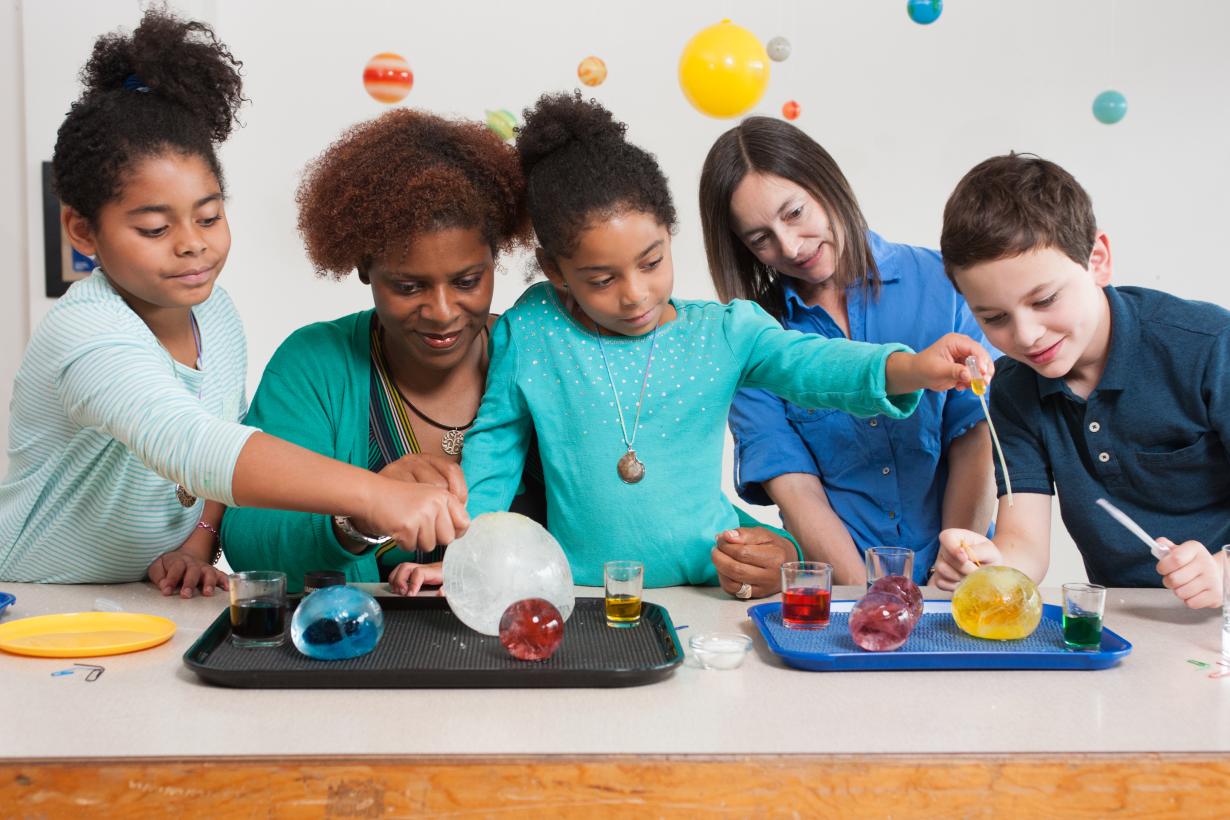
Explore Science: Earth & Space Toolkits
Night Sky Storytelling
- The Astronomy of Many Cultures: A Resource Guide compiled by Andrew Fraknoi
- NASA's Universe of Learning Native American Sky resources:
https://universe-of-learning.org/contents/events/science-briefings/science-briefing-the-native-american-sky - Cosmic Serpent - Bridging Native Ways of Knowing and Western Science in Museum Settings
https://www.informalscience.org/sites/default/files/CS-LegacyDoc27Nov2012.pdf - Native Sky Watchers - Two Eyed Seeing – NASA & Indigenous Astronomy – For the Benefit of All
https://www.nativeskywatchers.com/two-eyed-seeing-nasa.html - Indigenous Education Institute (IEI): http://indigenouseducation.org
- Learn more about Indigenous ways of knowing and making local connections in the NISE Network guide Working with STEM Experts: A Guide for Educators in Museums and Other Informal Learning Settings
DIY Apps for At Home Exploration

DIY Sun Science App

DIY Solar System App
More Resources
- NASA's Universe of Learning https://www.universe-of-learning.org/resources
- NASA Museum & Informal Education Alliance (free registration required)
Celestial Events
Meteor showers, lunar eclipses, full moons, planetary events, and more!
Calendars
- New York Times astronomy events calendar and iCal/webcal link to add to iCloud, Google, or Outlook
- http://www.skyandtelescope.com/observing/sky-at-a-glance/
- https://www.timeanddate.com/astronomy/
- https://stardate.org/nightsky
- https://nightsky.jpl.nasa.gov/planner.cfm
- https://in-the-sky.org/newscal.php
- http://earthsky.org/tonight
- American Meteor Society: https://www.amsmeteors.org/meteor-showers/meteor-shower-calendar/
- NISE Network compilation of asteroid, comet, meteor, and meteorite resources: https://www.nisenet.org/asteroids
What's up this month
- NASA JPL's What's Up in the night sky monthly video
- explore this website by searching the topic: Earth and Space Science - Earth, Moon and Sun
- explore this website by searching the topic: Earth and Space Science - Astronomy
Sun
- NASA SUN STEM toolkit https://www.nasa.gov/stem/nextgenstem/sun-toolkit.html
- NASA Parker Solar Probe activities http://parkersolarprobe.jhuapl.edu/Participate/index.php#Learn
Moon
- NISE Network Moon compilation of resources
Solar Eclipse
- NISE Network Solar Eclipse compilation of resources
Lunar Eclipses
- NISE Network Lunar Eclipse compilation of resources
Annual Events
- For a full list of events and resources throughout the year see: https://www.nisenet.org/seasons
-
NASA-related events, mission launches, first images, sample returns, anniversaries, and celebrations: https://informal.jpl.nasa.gov/museum/calendar
- Solar Week (last full week in March)
- Global Astronomy Month (April)
- Citizen Science Month (April)
- Yuri's Night (April 12)
- Black Hole Week (mid-May)
- Astronomy Day/Week (spring, held in April or May)
- International Dark Sky Week (first week in April)
- Earth Day (April 22)
- National Environmental Education Week (week of Earth Day)
- May the Fourth Be With You – Star Wars Day (May 4)
- International Day of Light (May 16)
- National Paper Airplane Day (May 26)
- Asteroid Day (June 30)
- Moon Landing – anniversary of Apollo 11 (July 20)
- International Observe the Moon Night (date selected in September/October)
- Astronomy Day/Week (fall, held in September/October)
- World Space Week (October 4-10)
- Earth Science Week (second full week in October)
- Solar Week (mid-October)
- Black Hole Friday (last Friday in November)
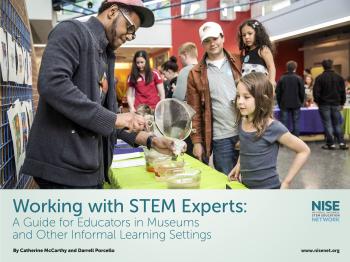
Finding STEM Experts
See the "Space and Earth Science" and section of Working with STEM Experts: A Guide for Educators in Museums and Other Informal Learning Settings
Sun Earth Universe exhibition and Companion Website for Public Audiences
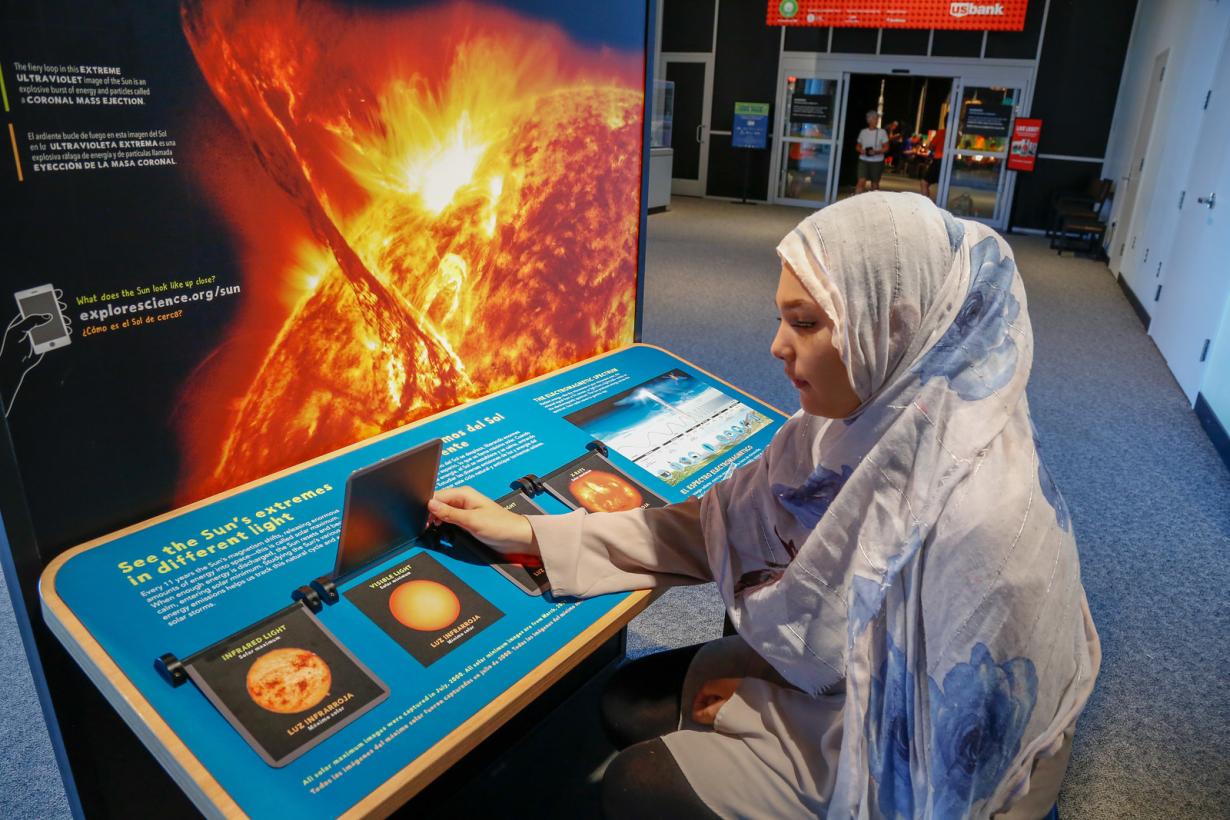
Sun, Earth, Universe Exhibition
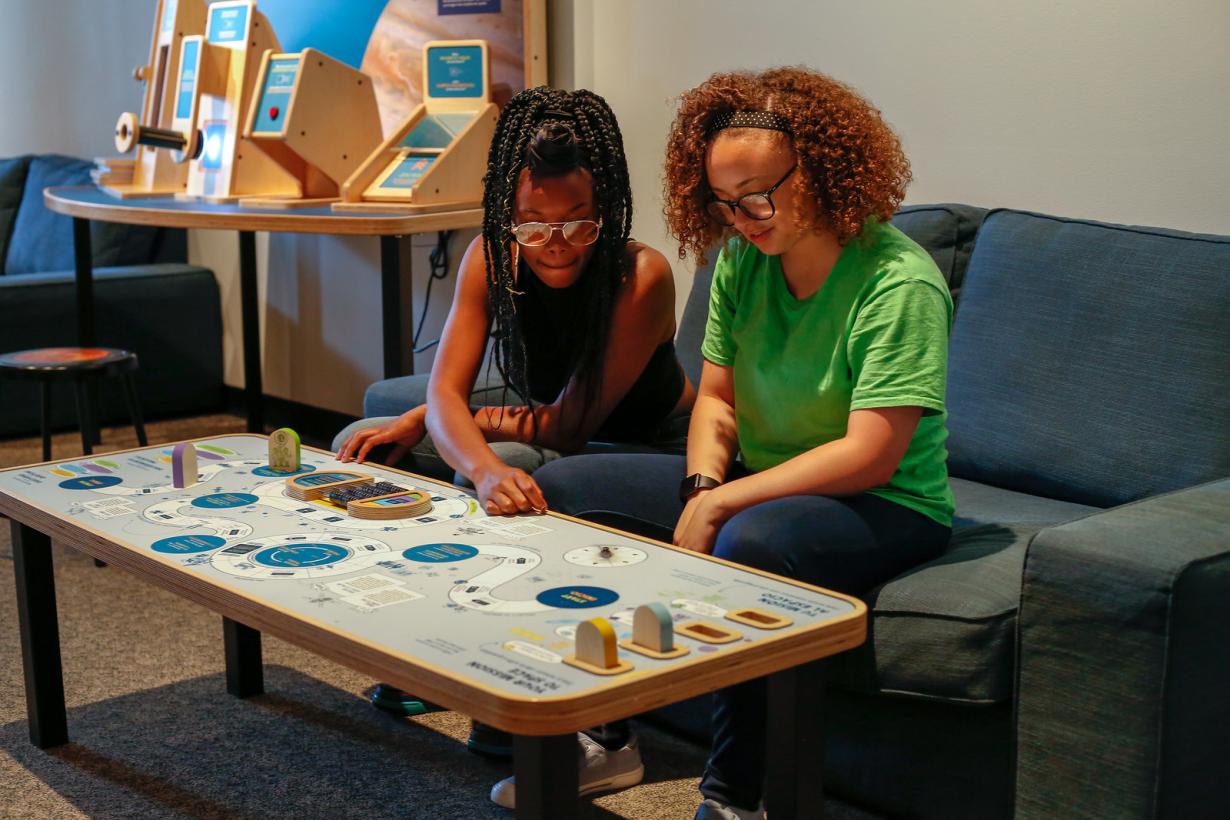
Sun, Earth, Universe Questions

Preguntas en Sol, Tierra, Universo

